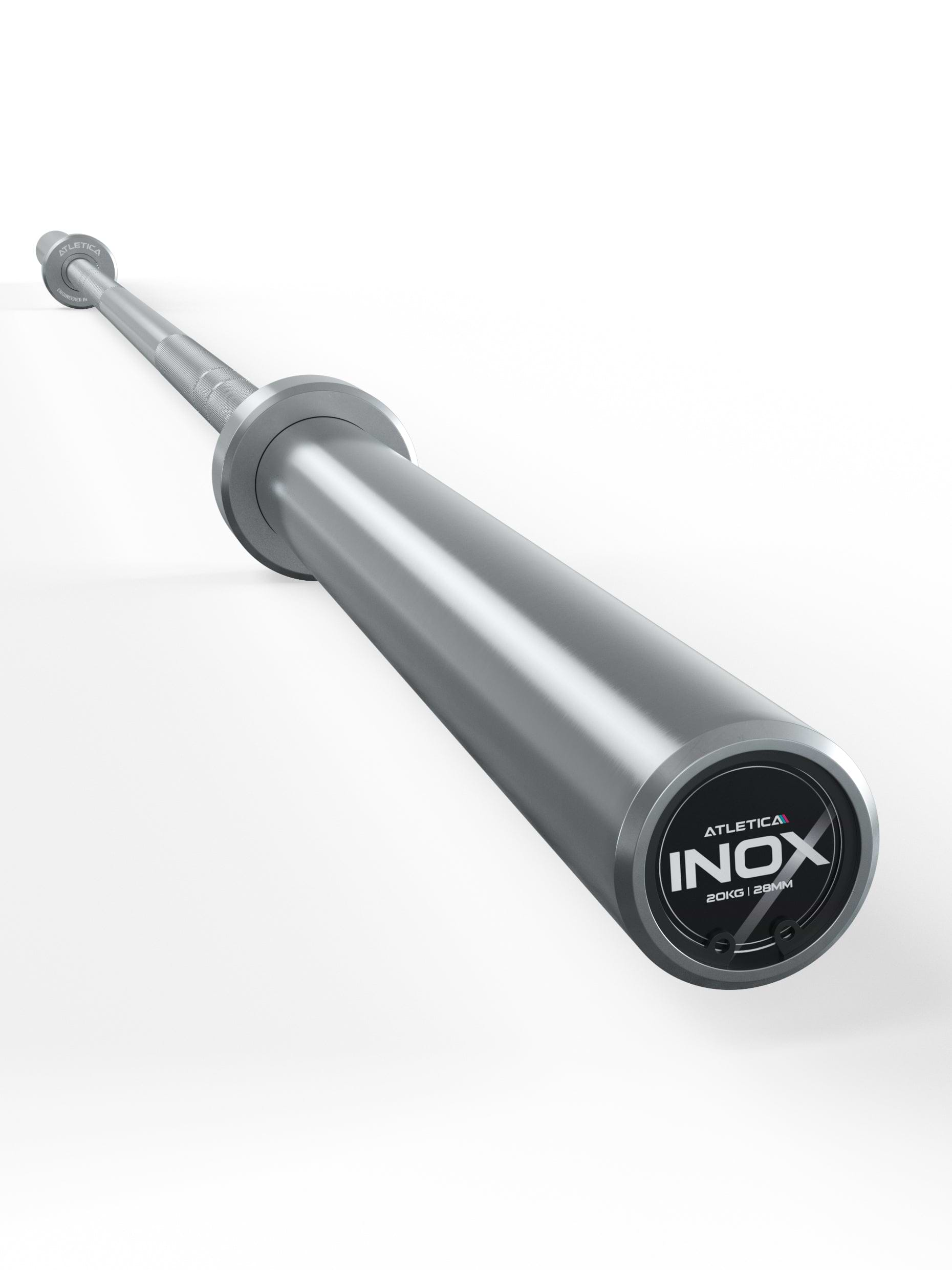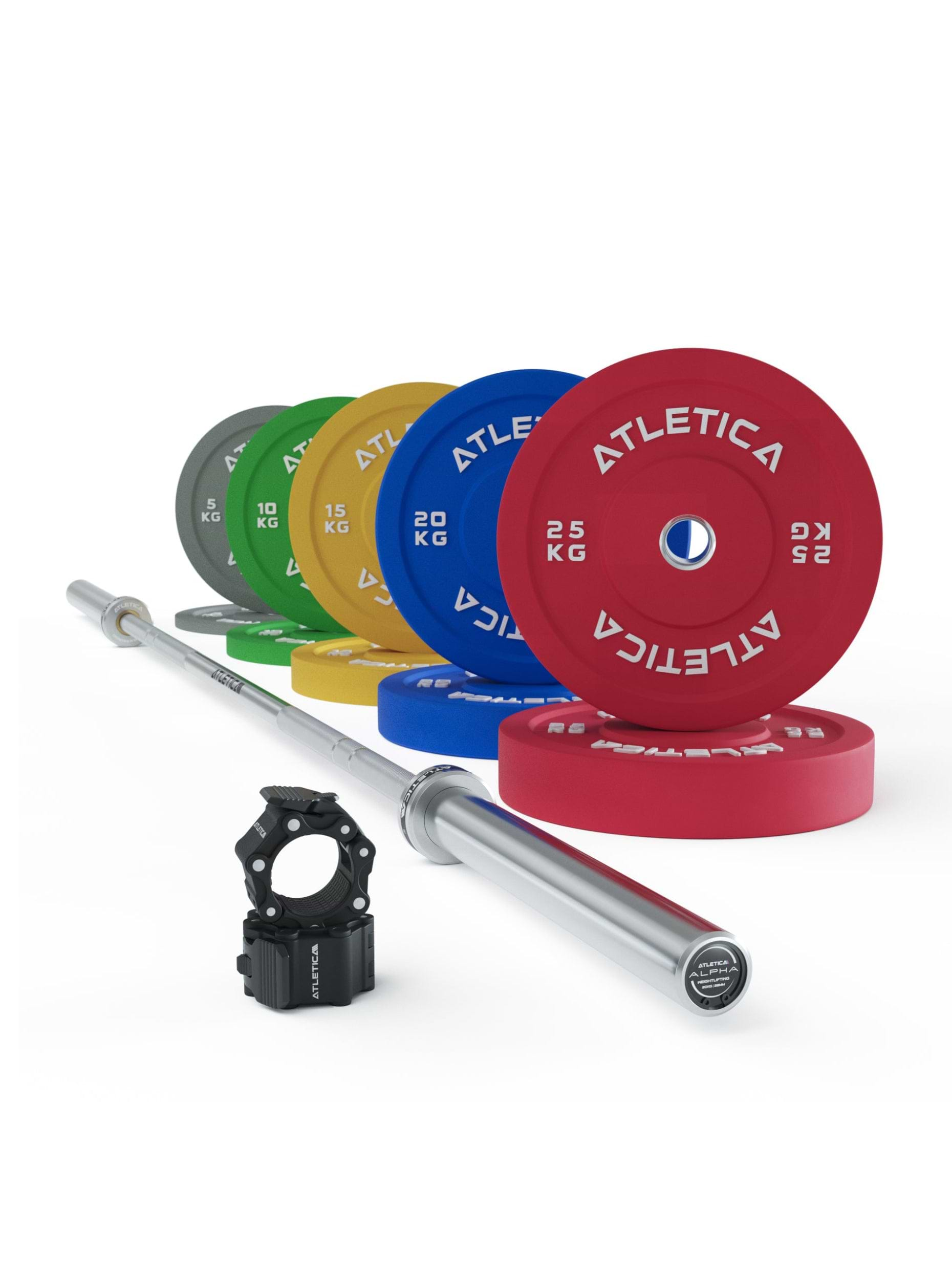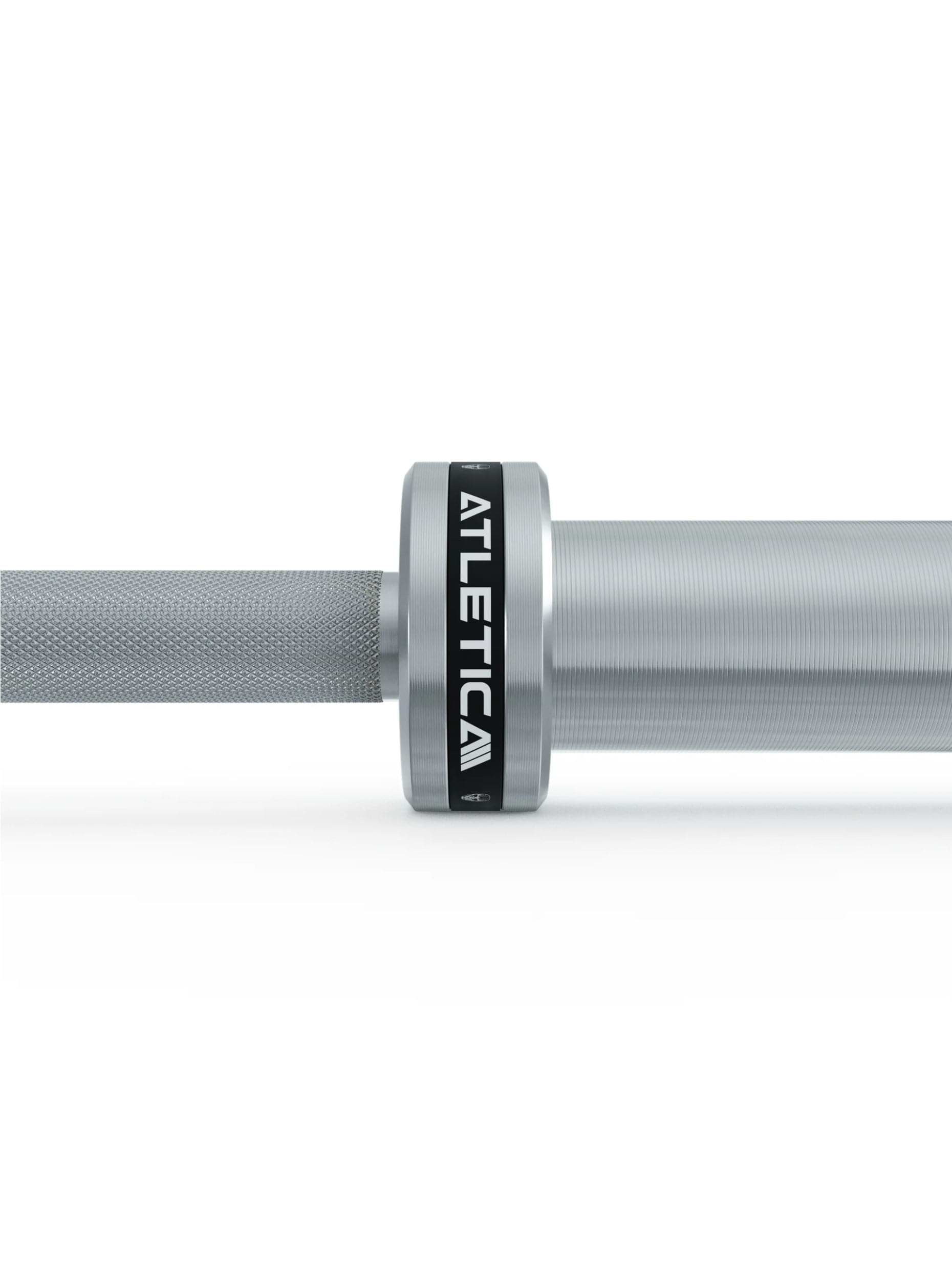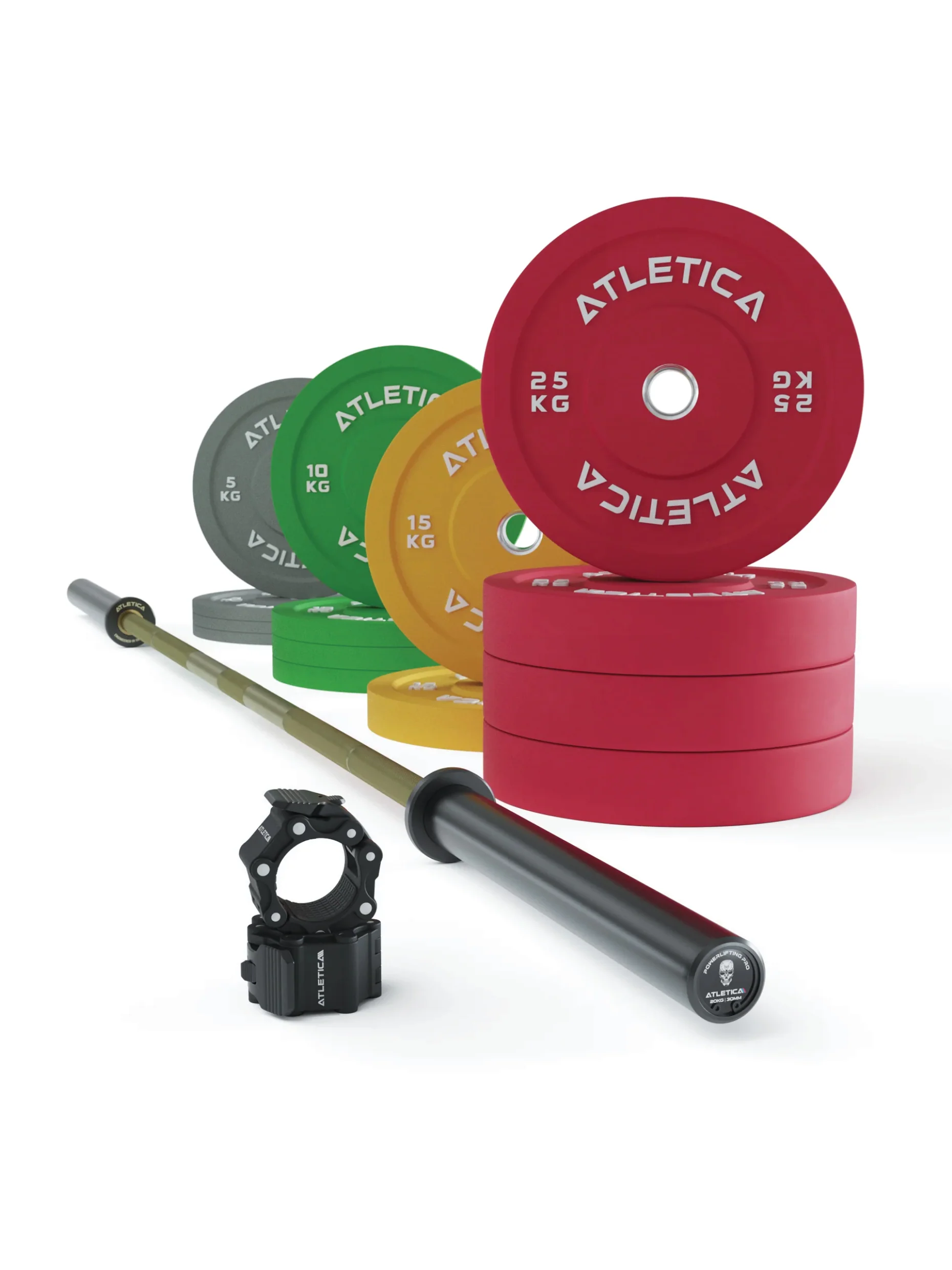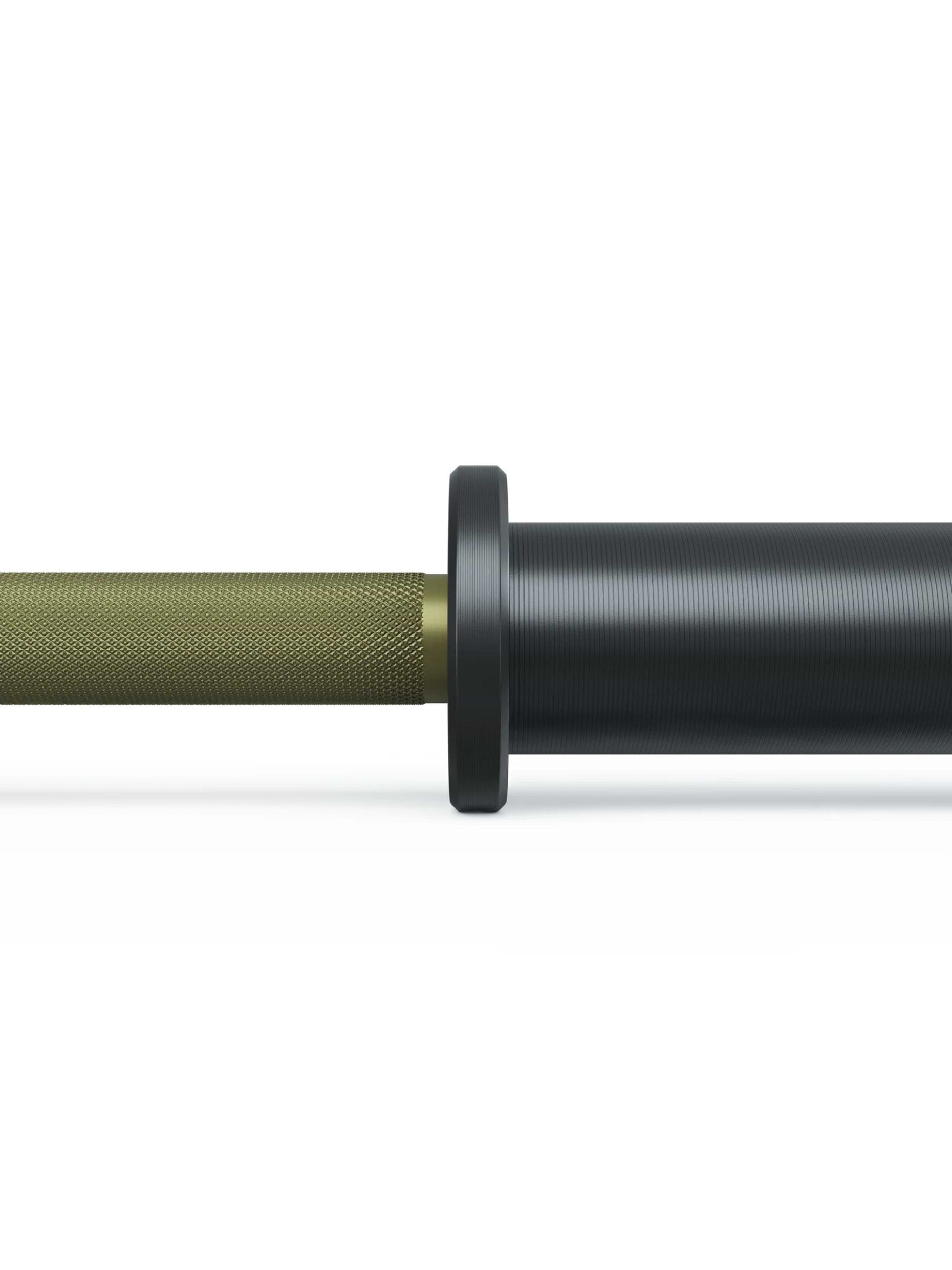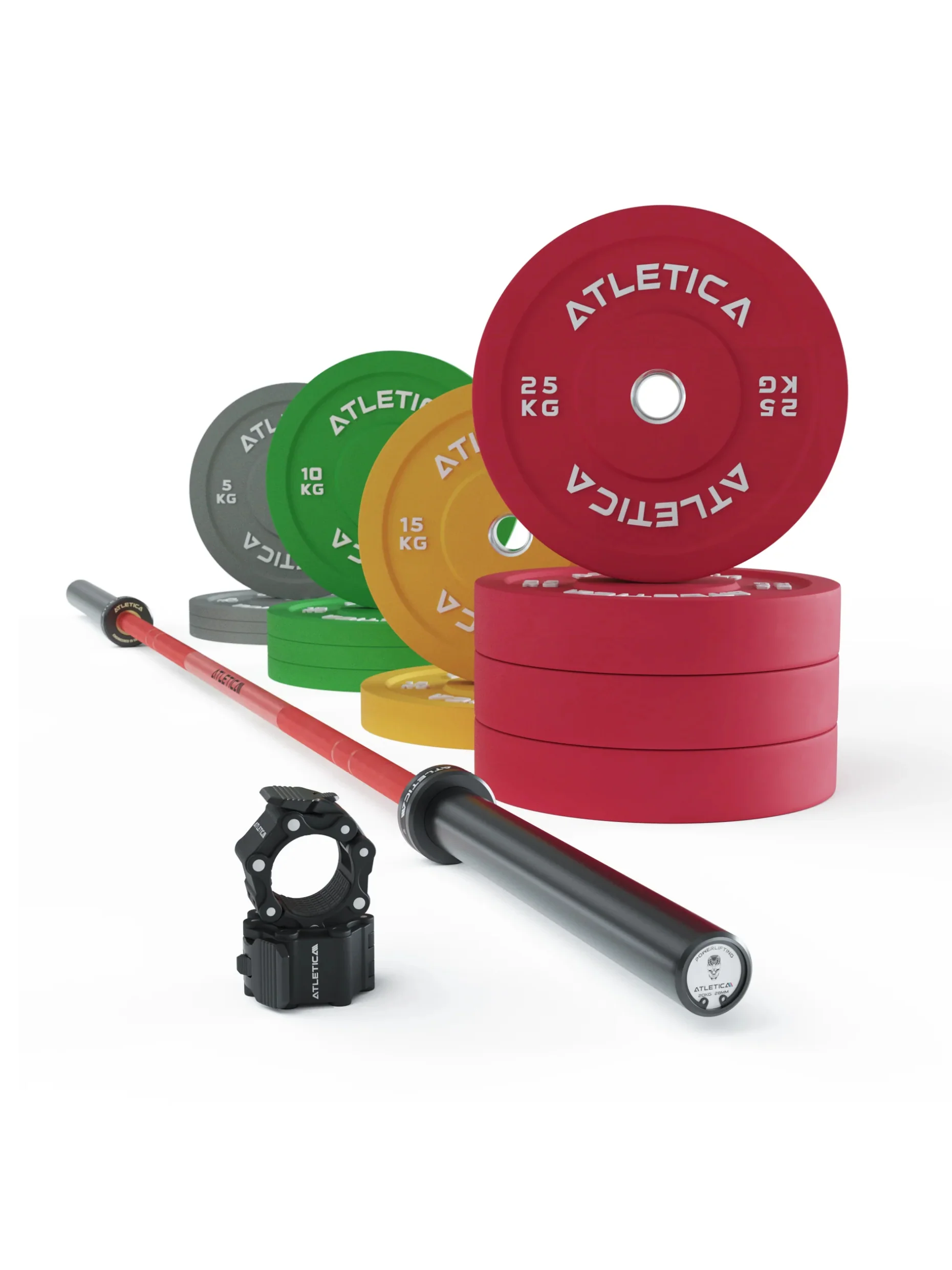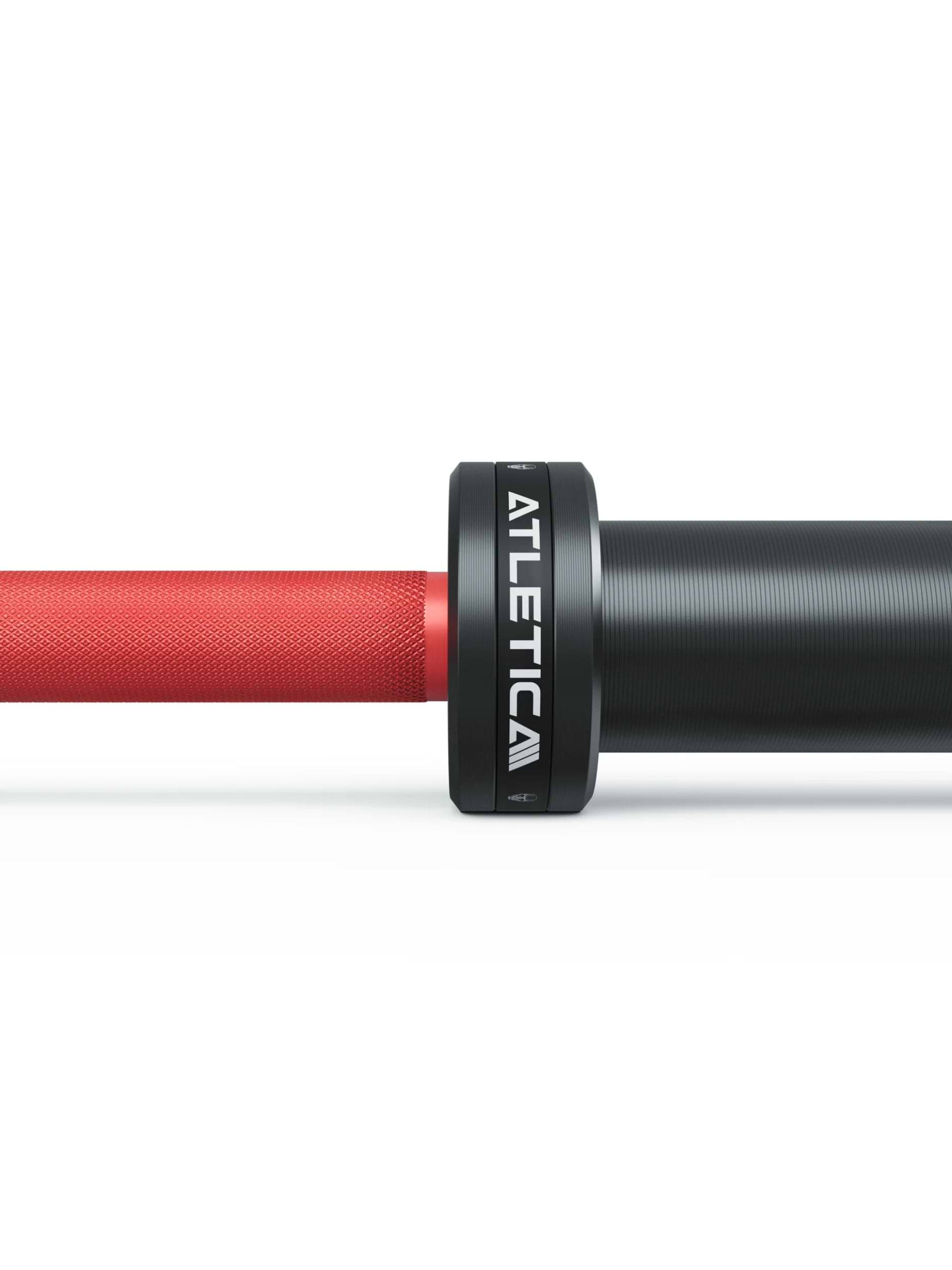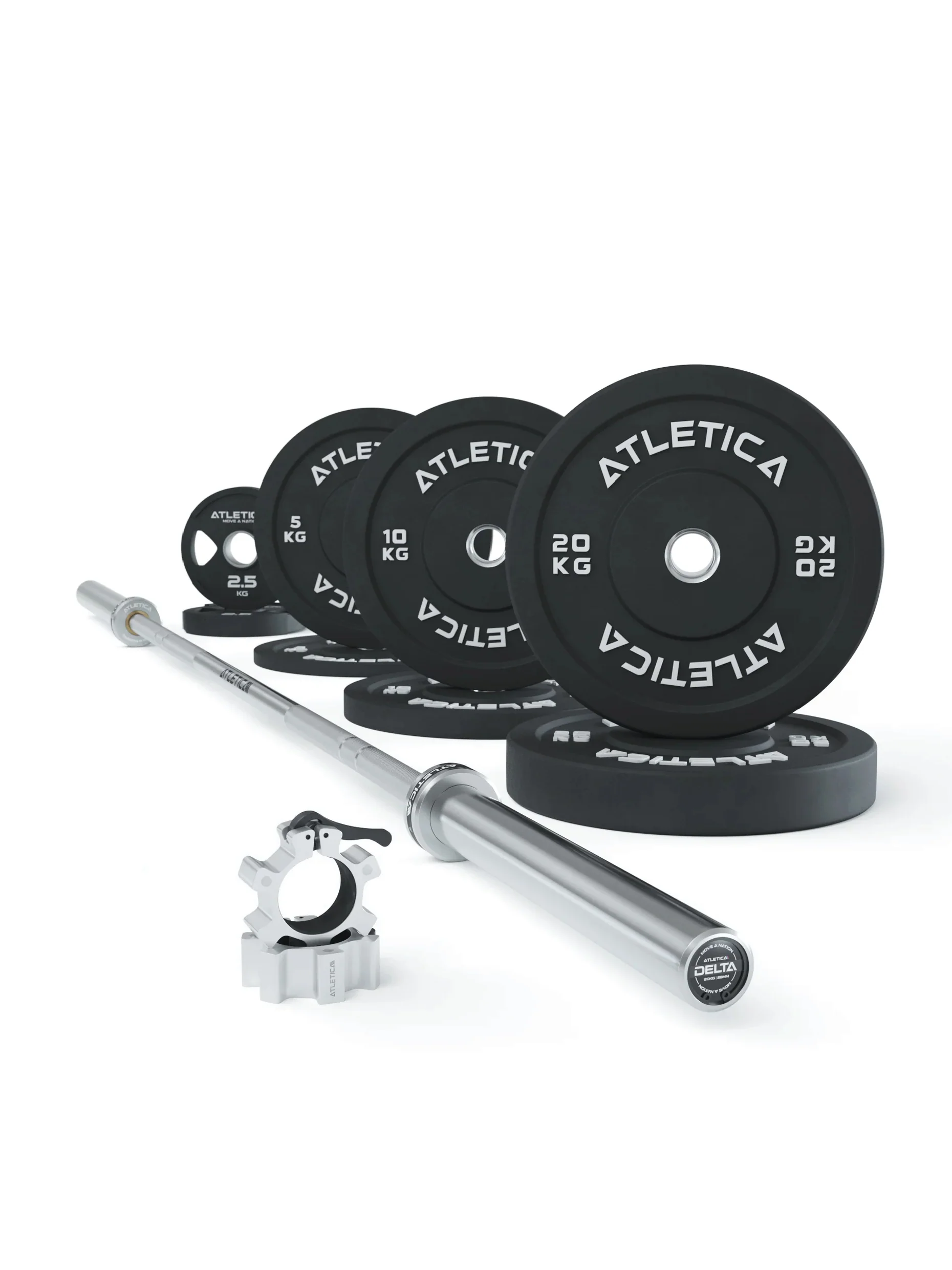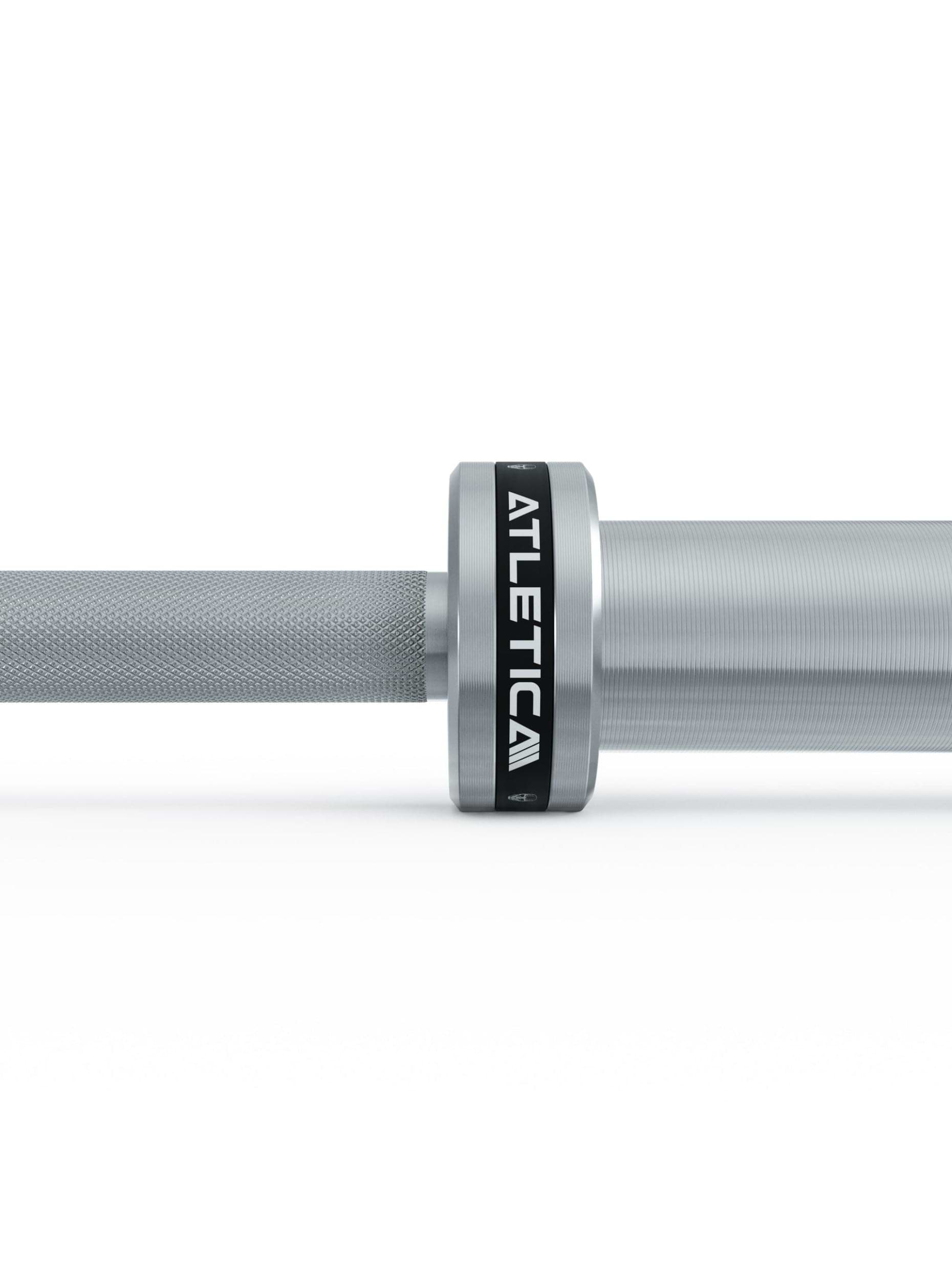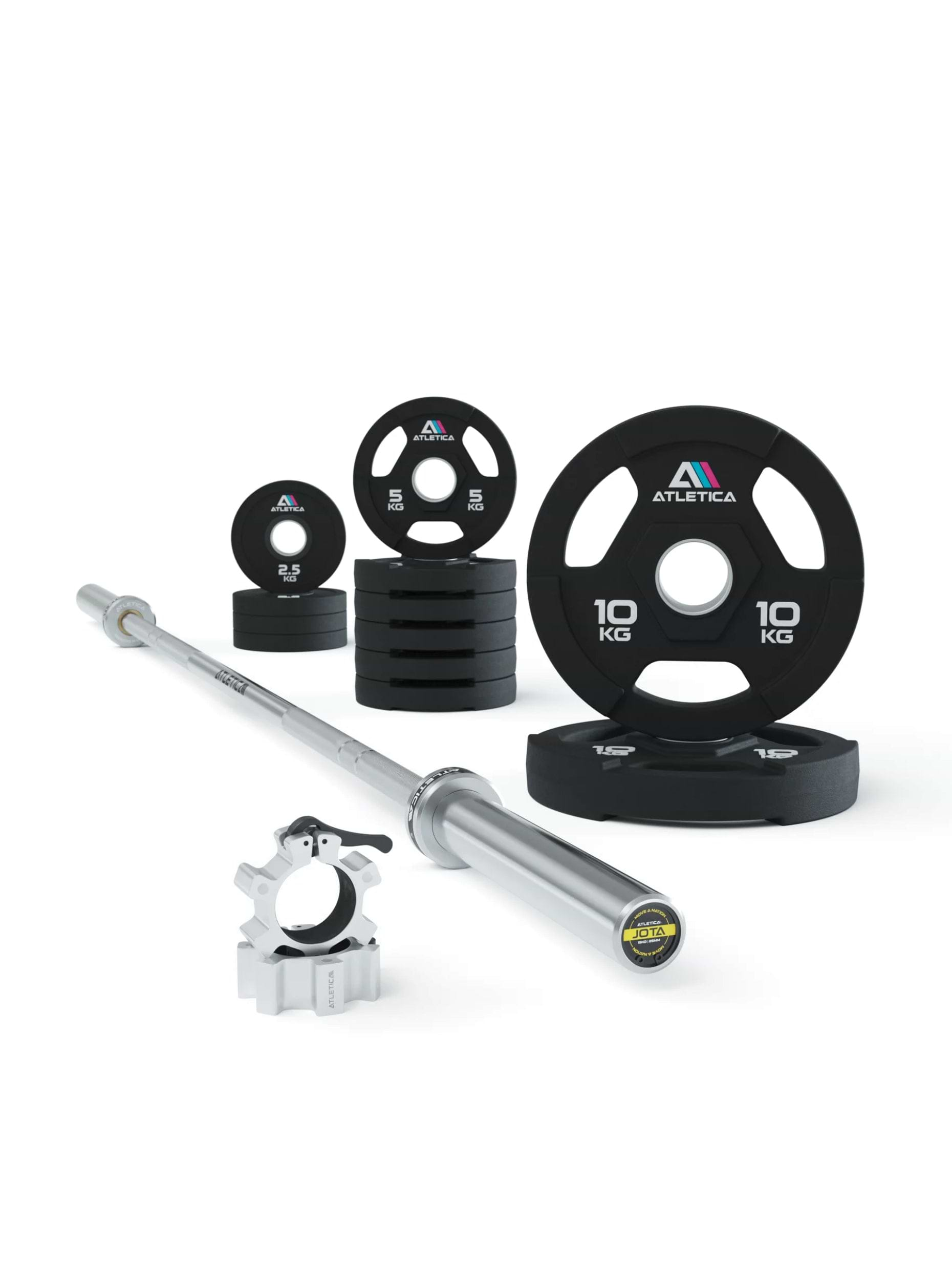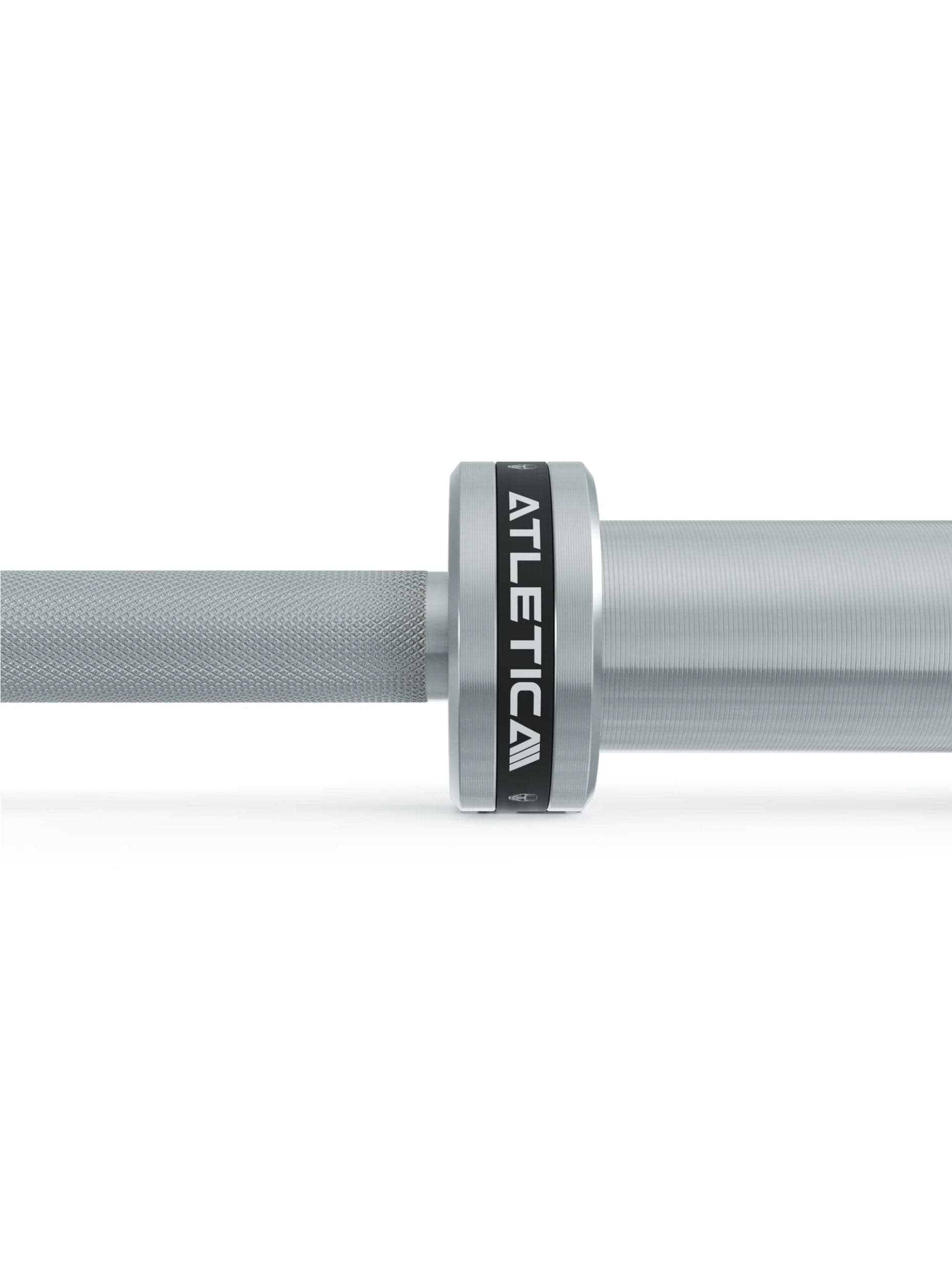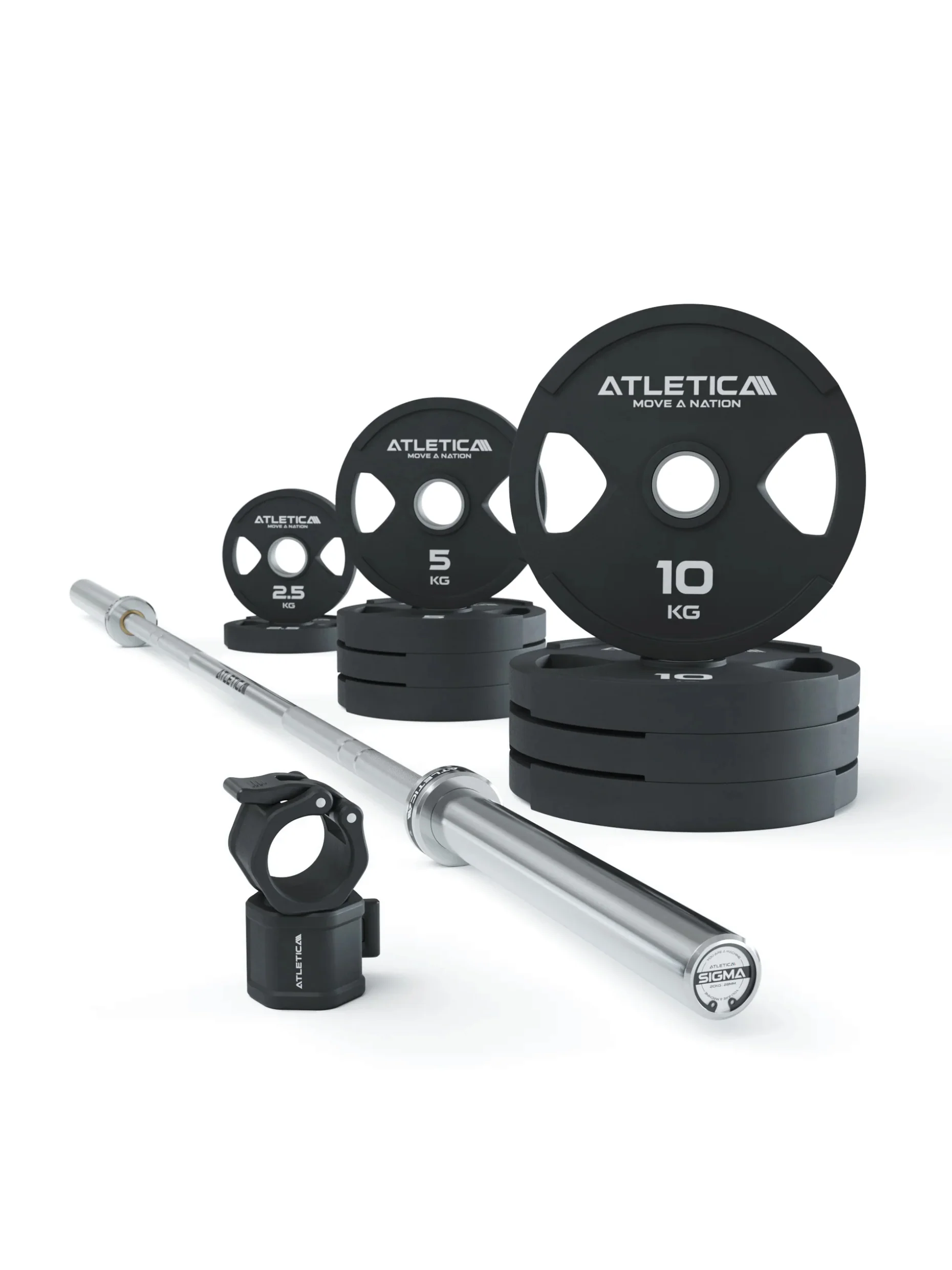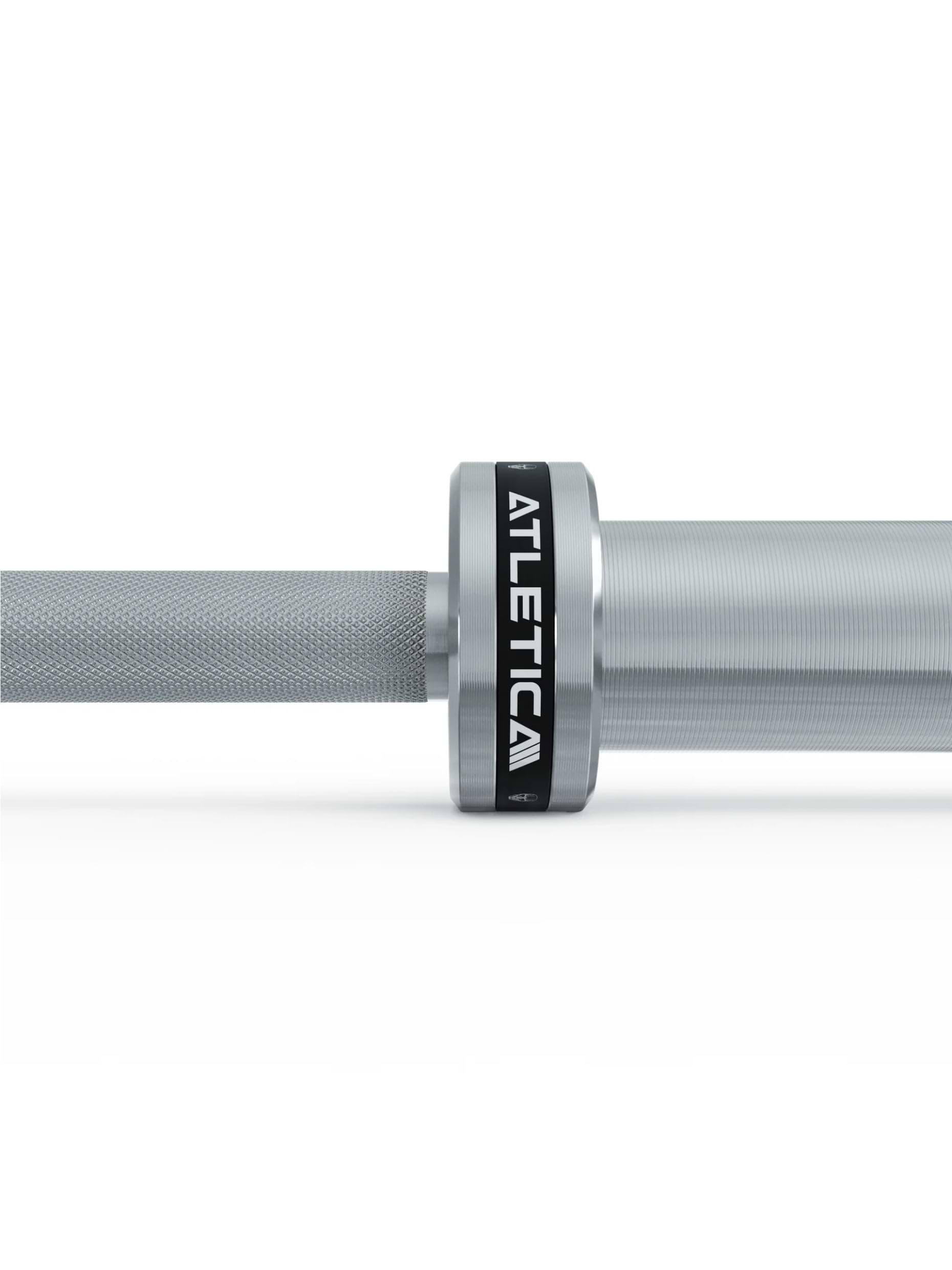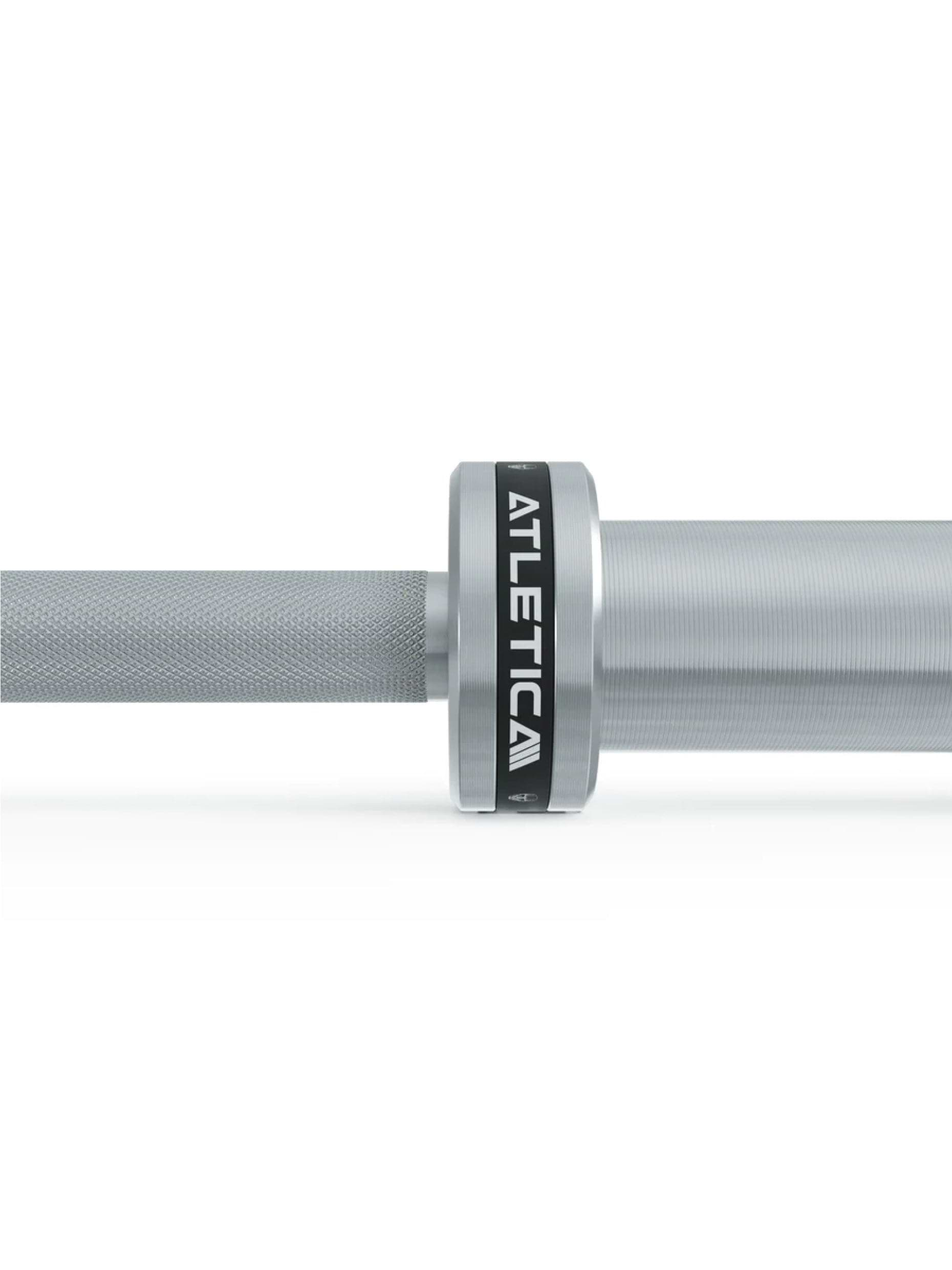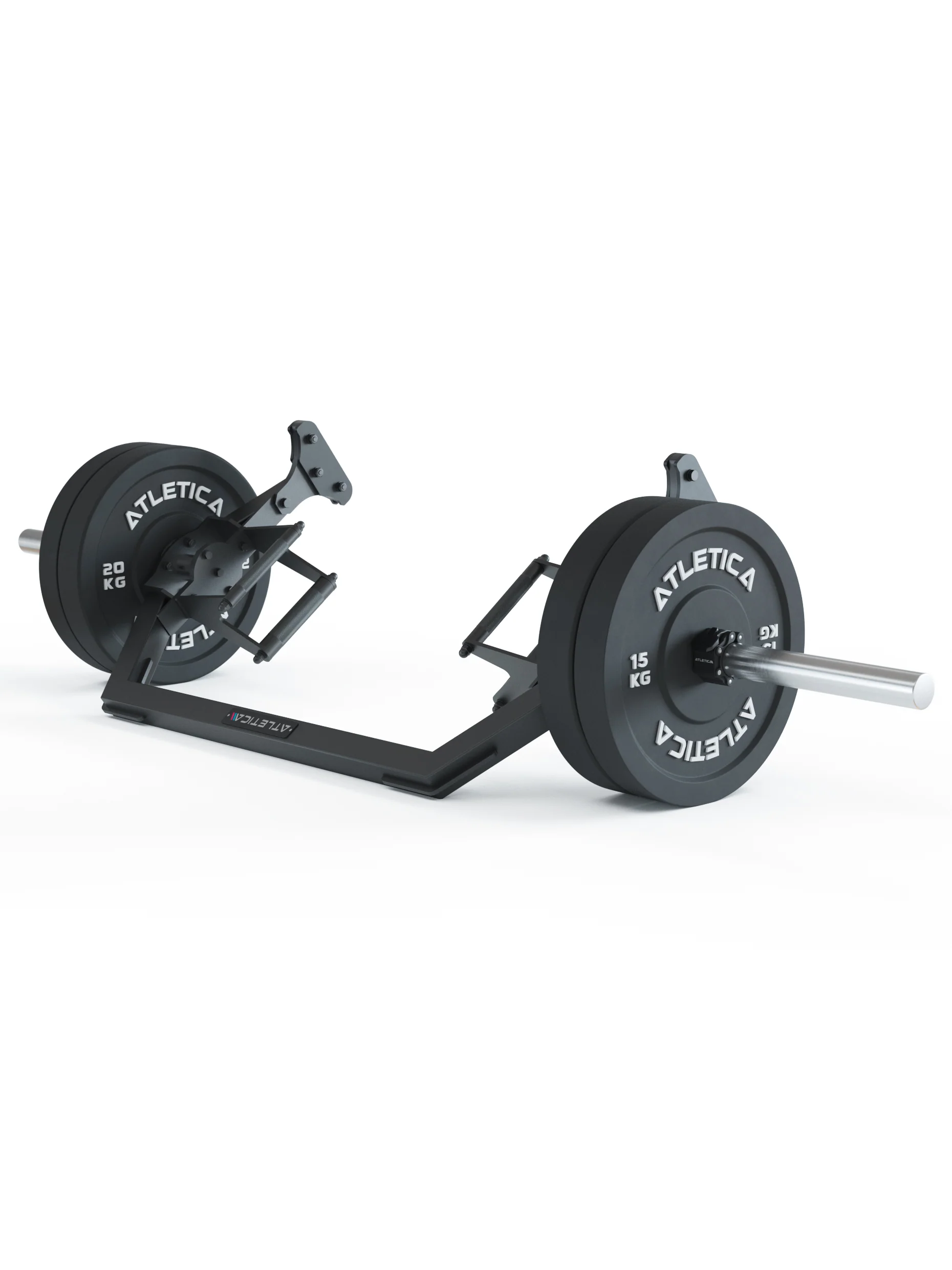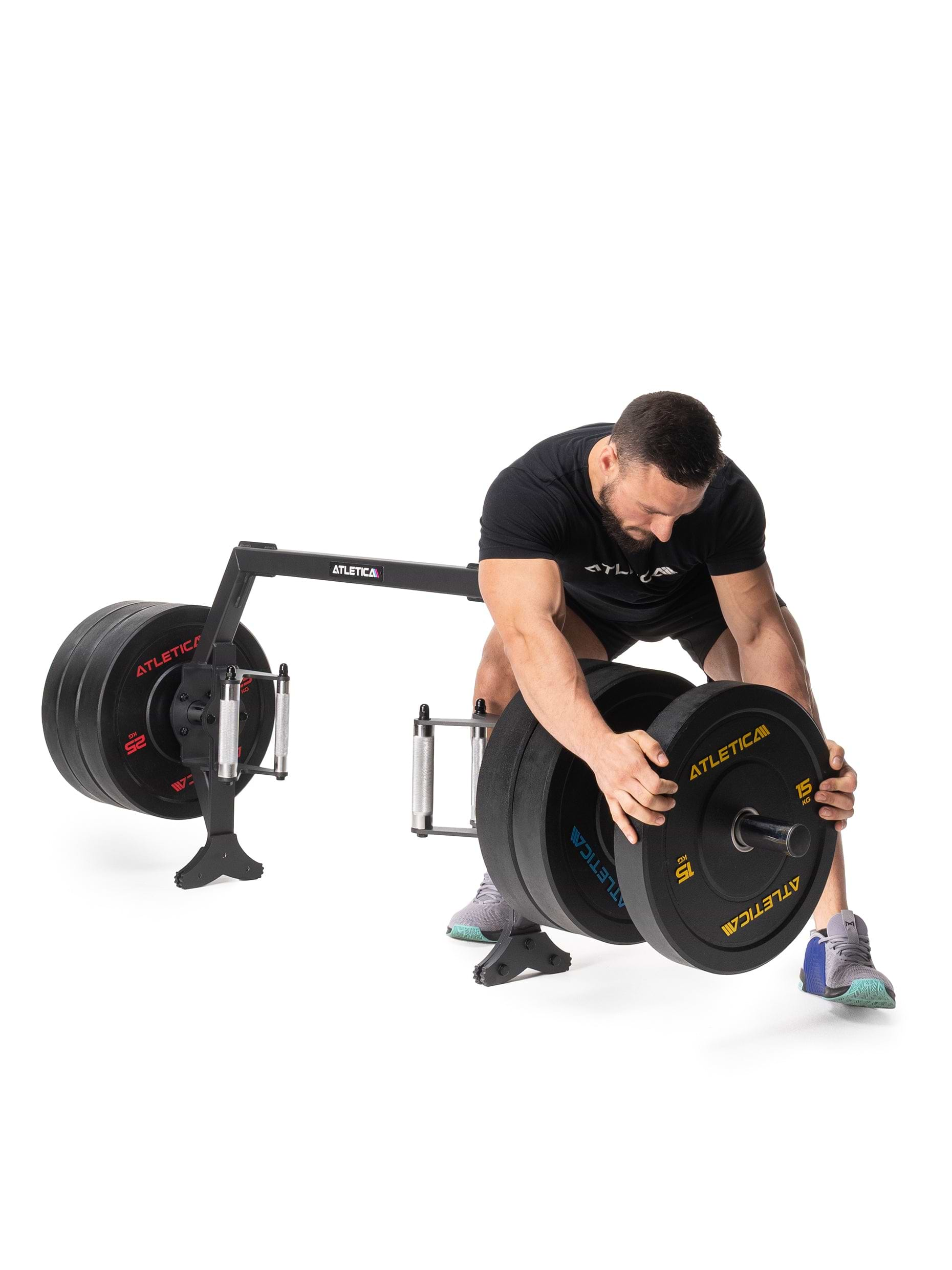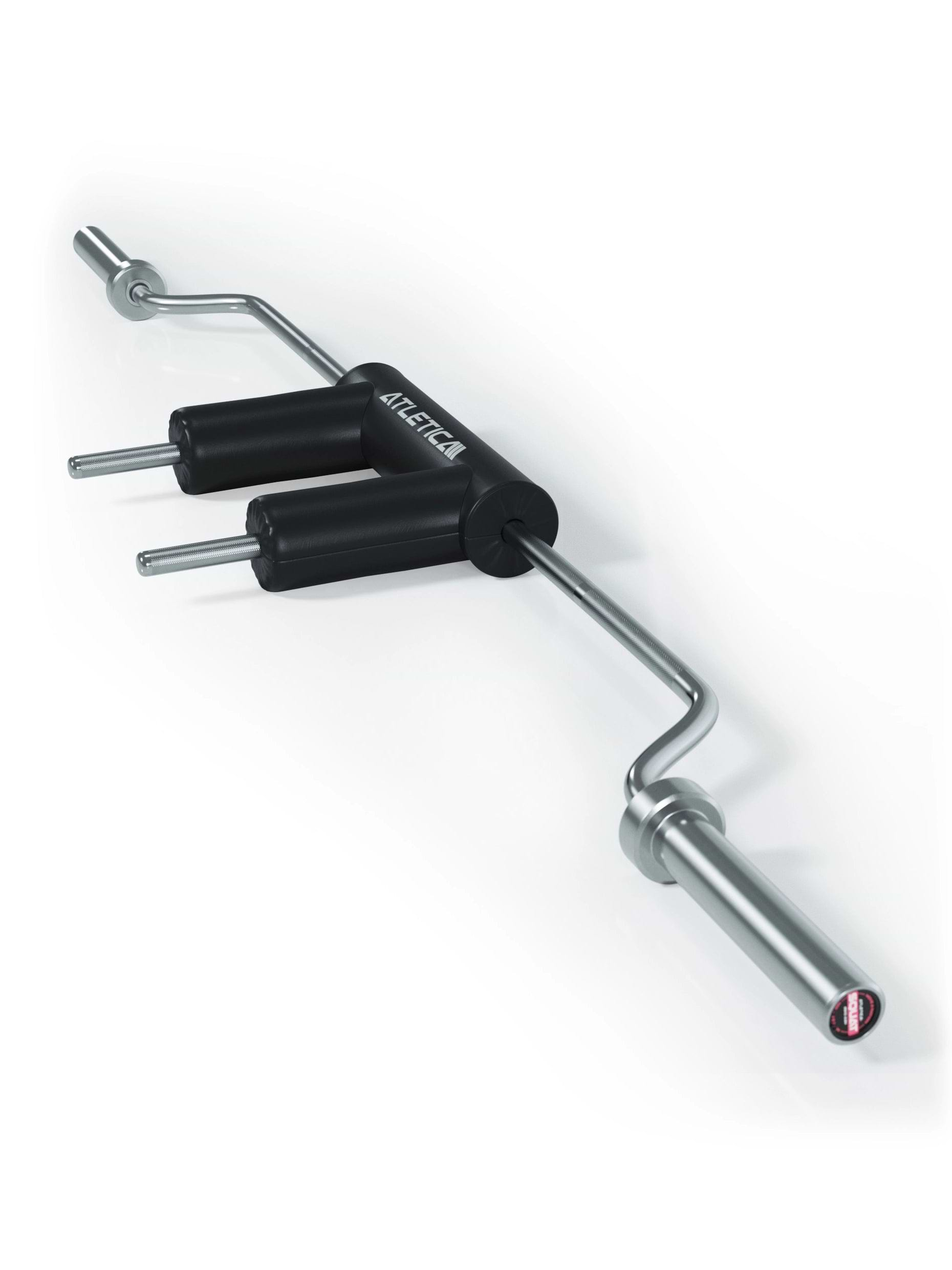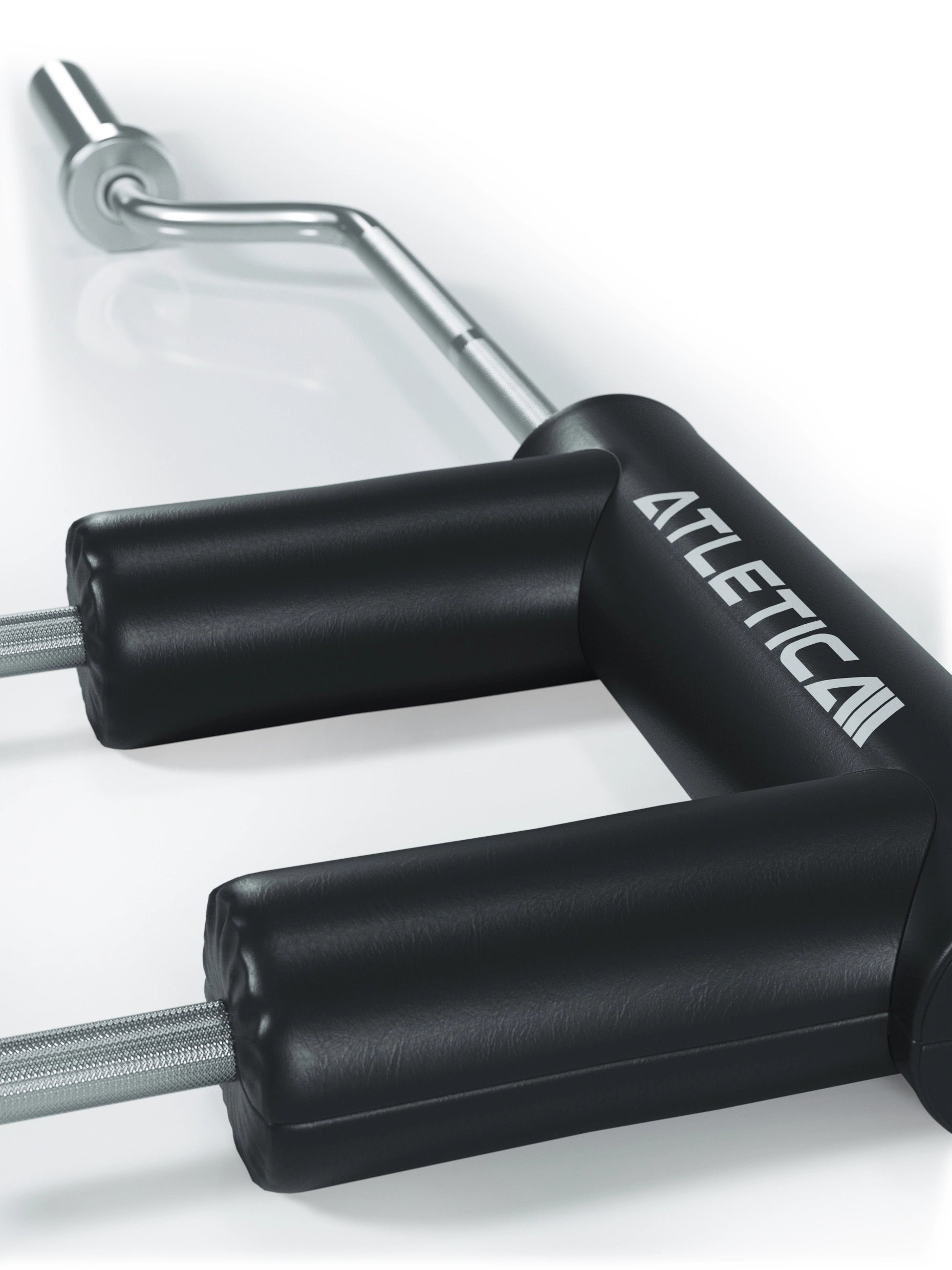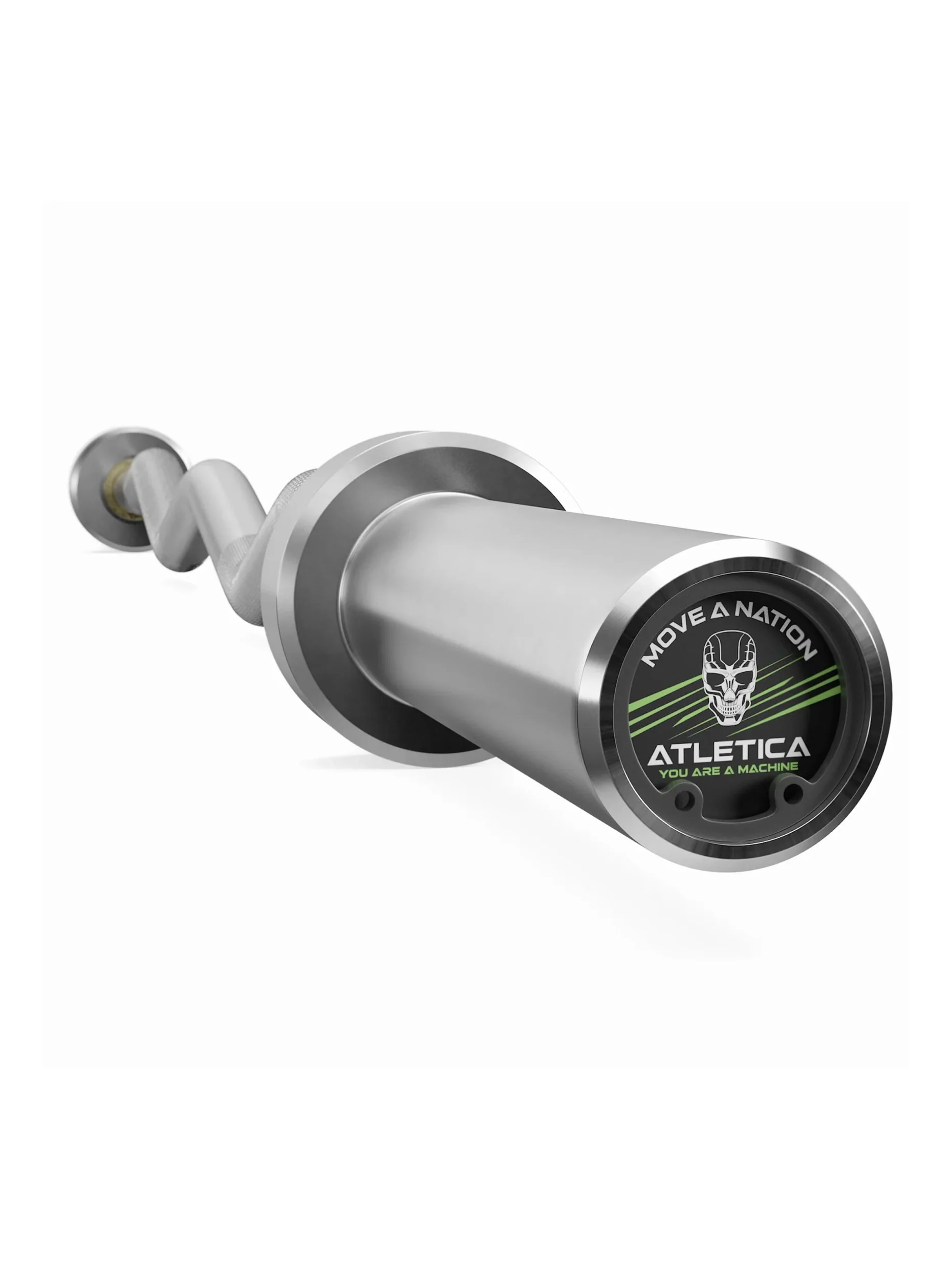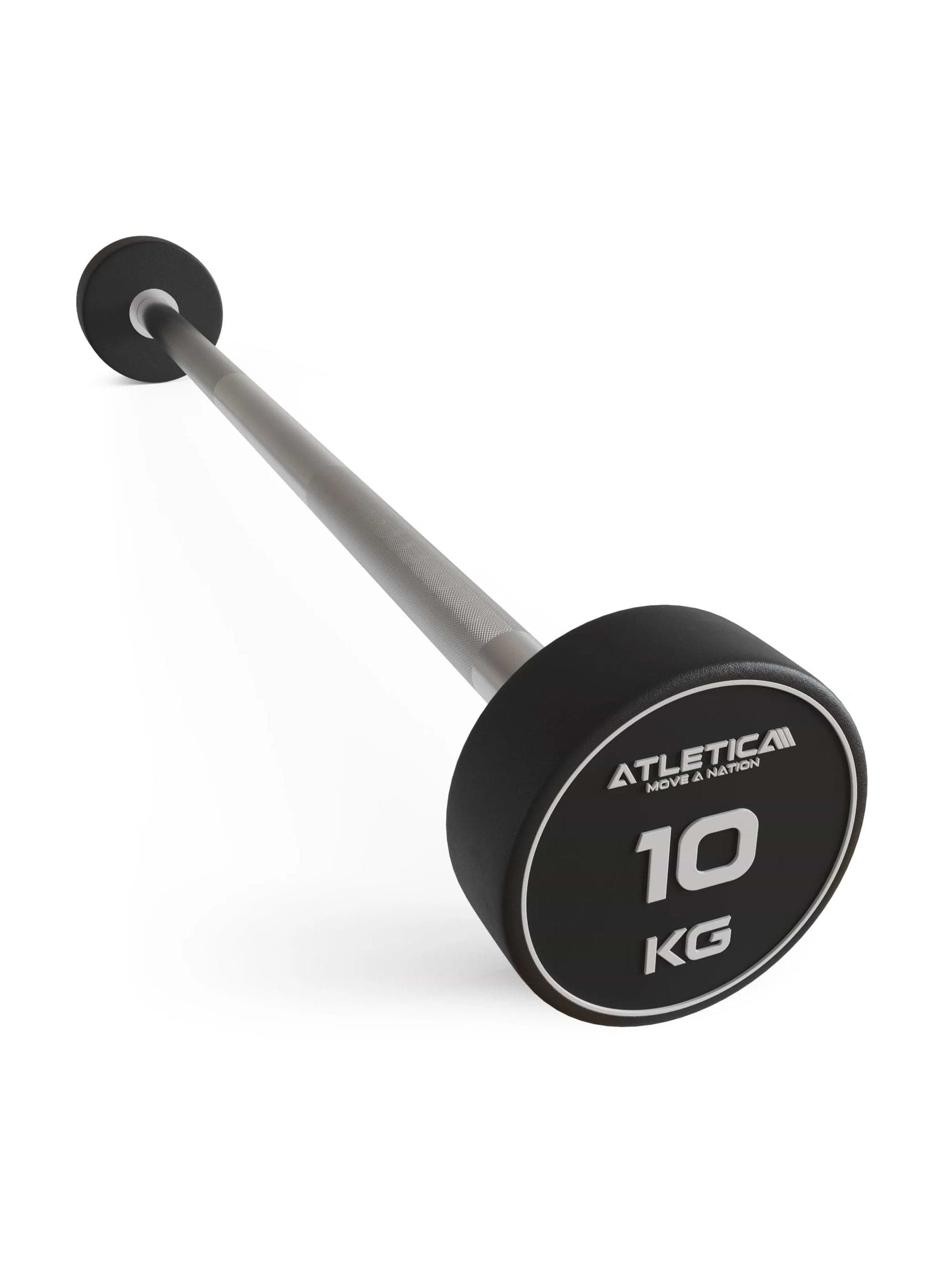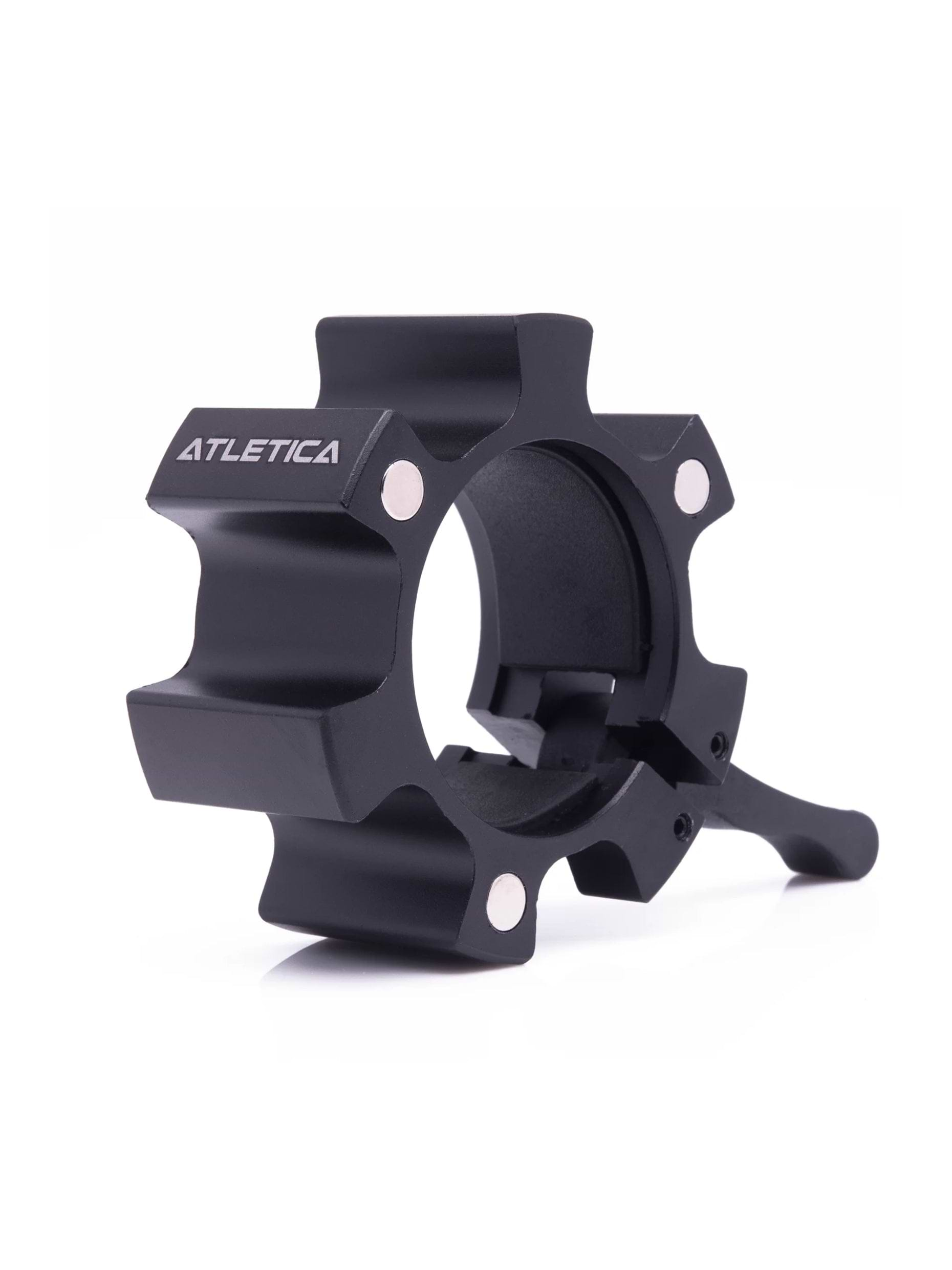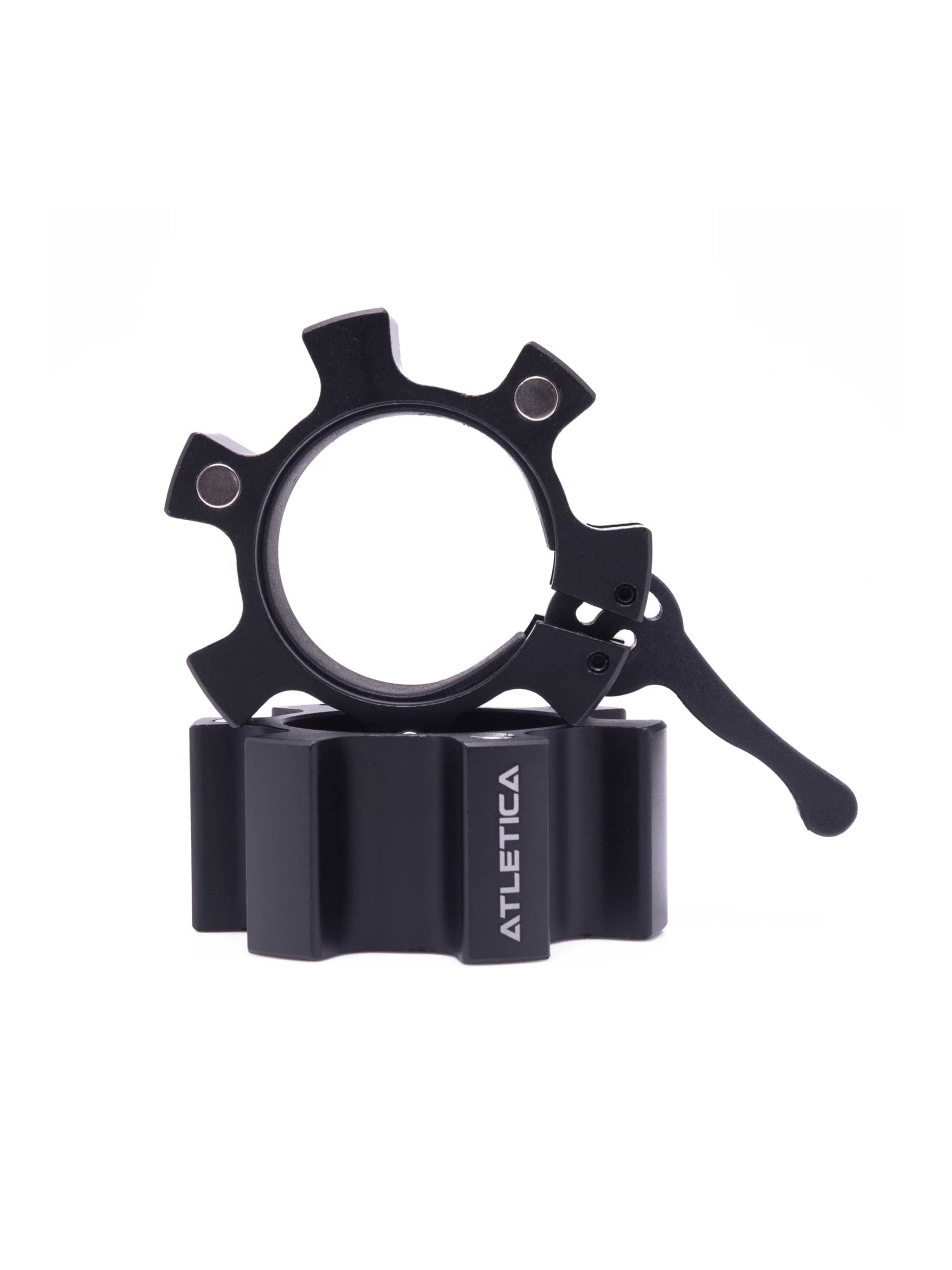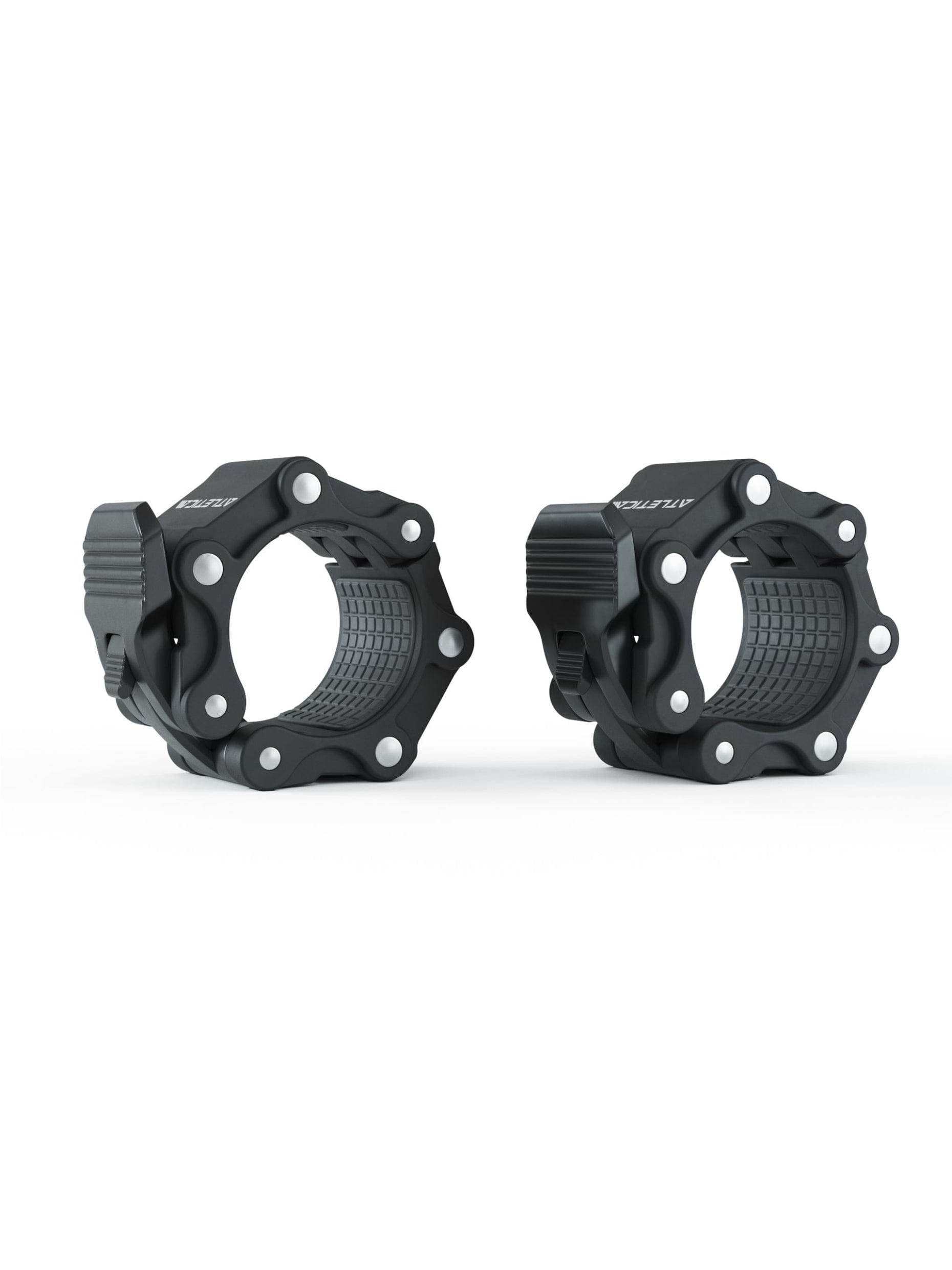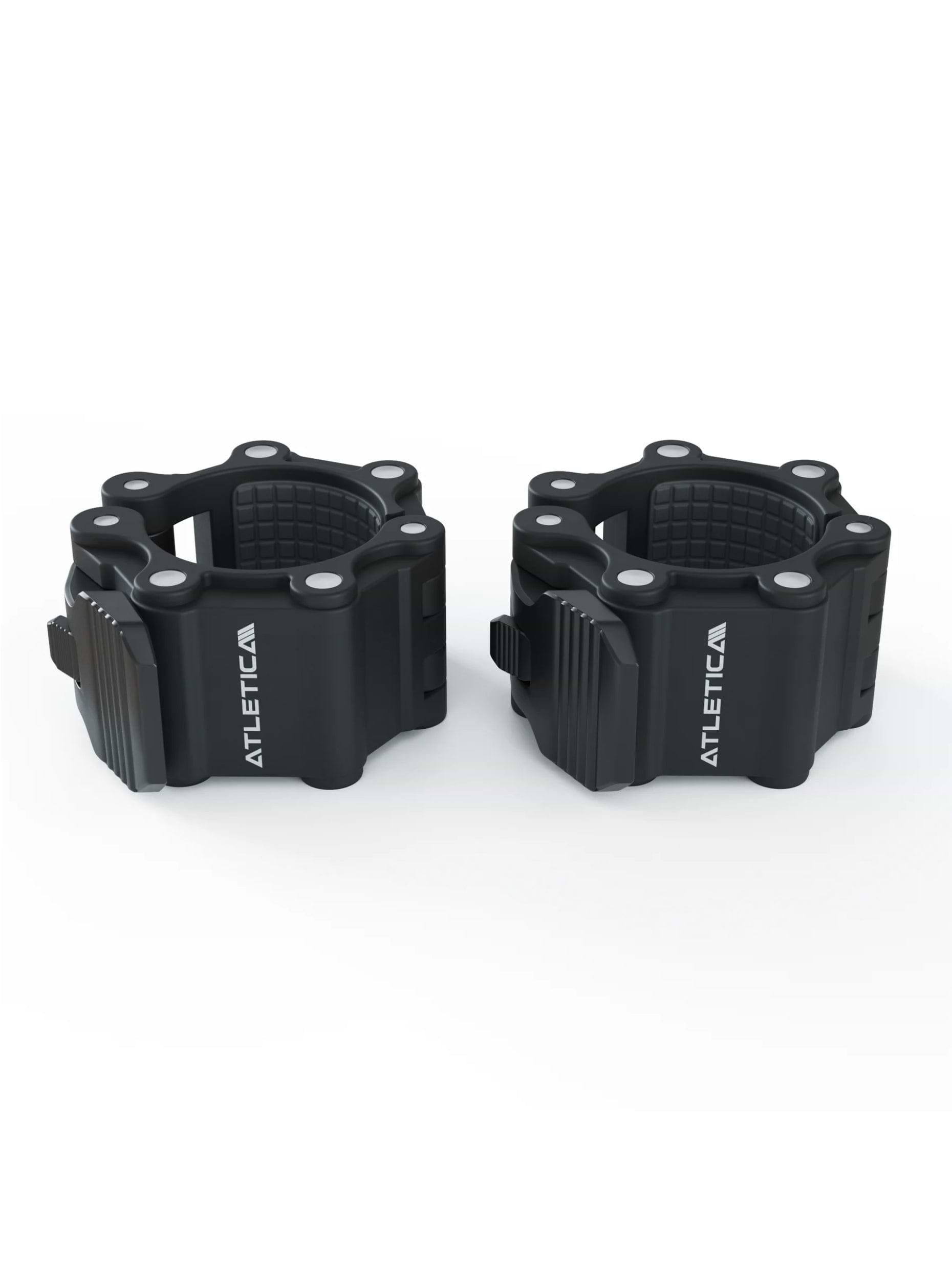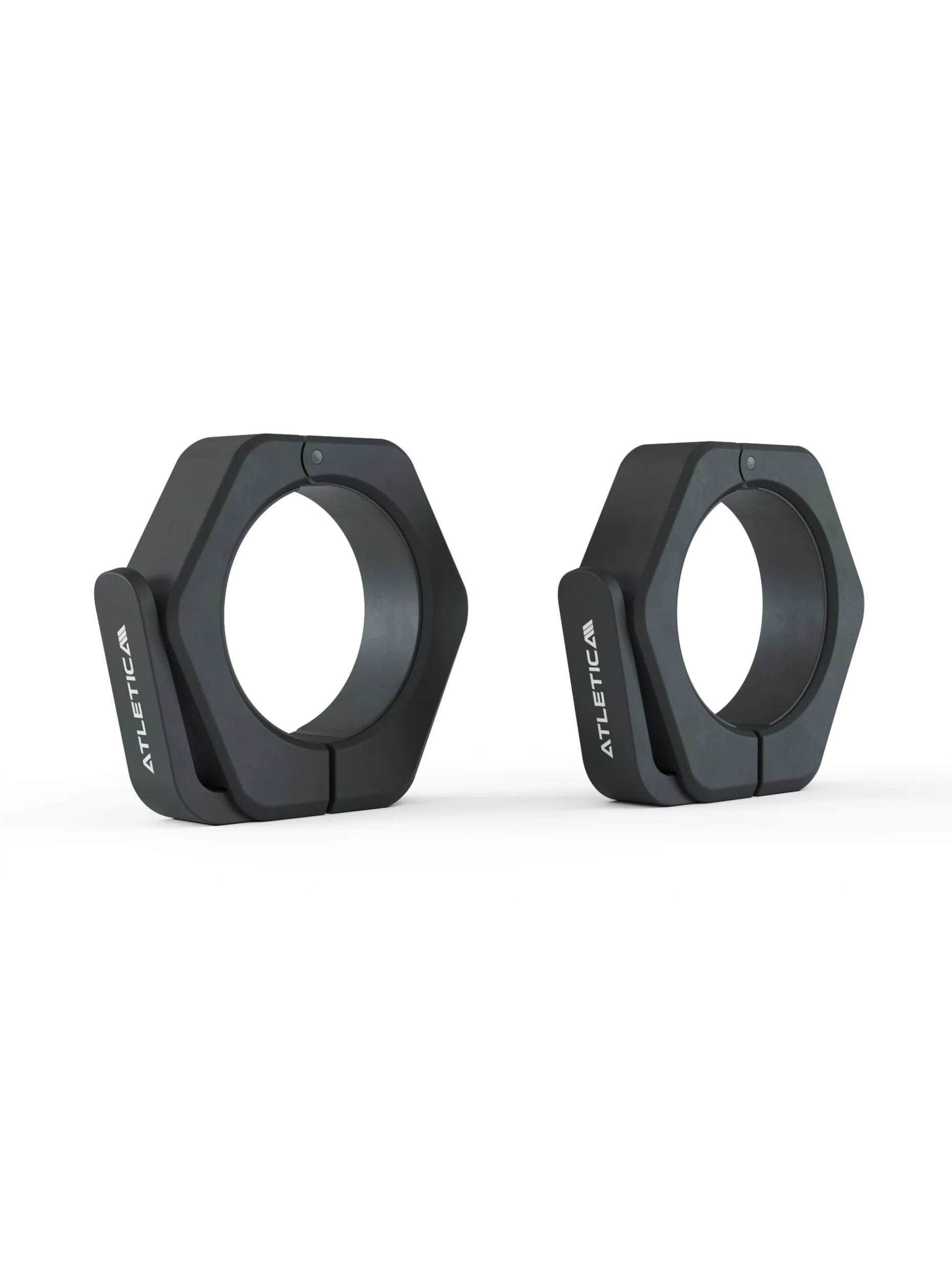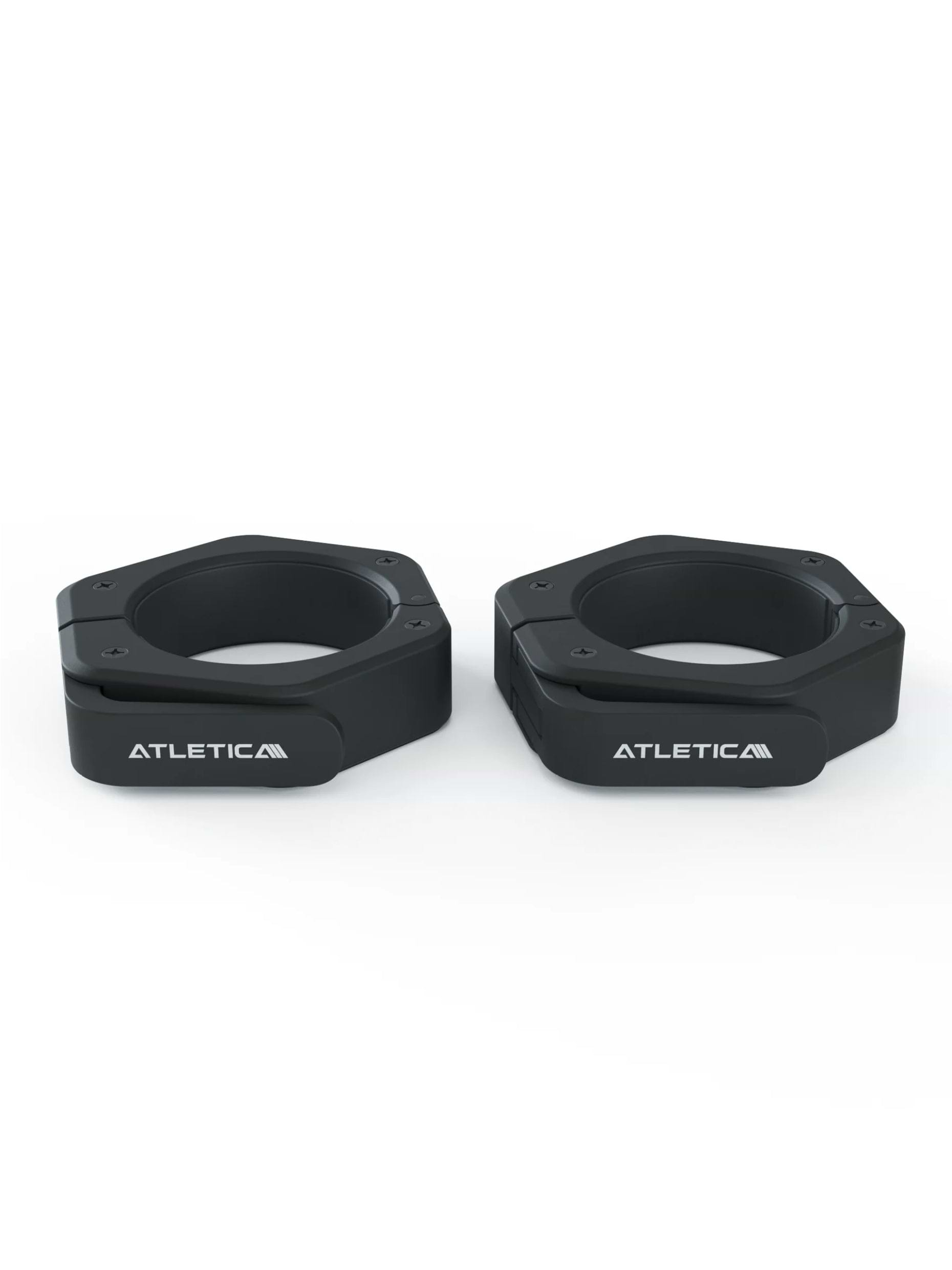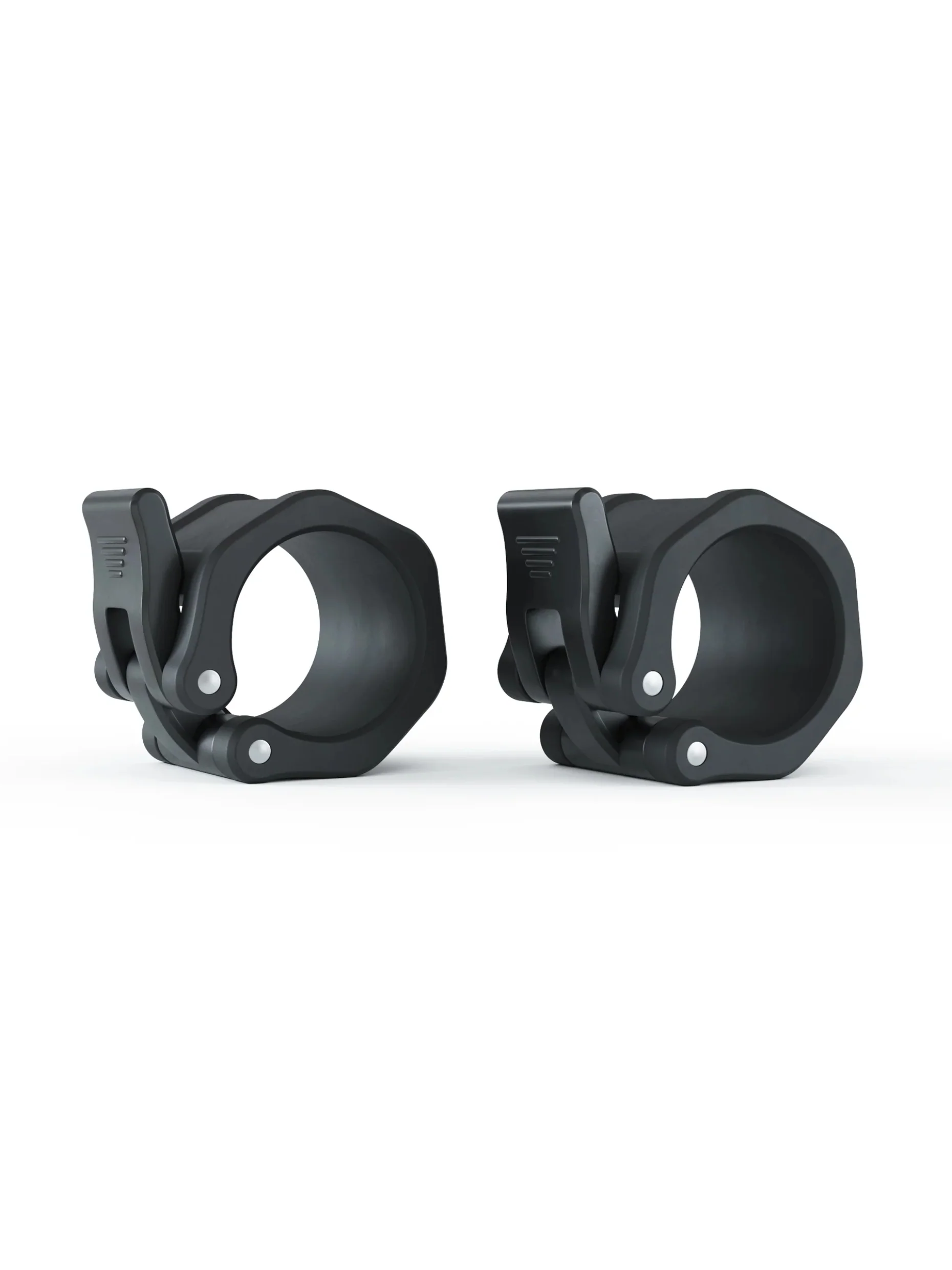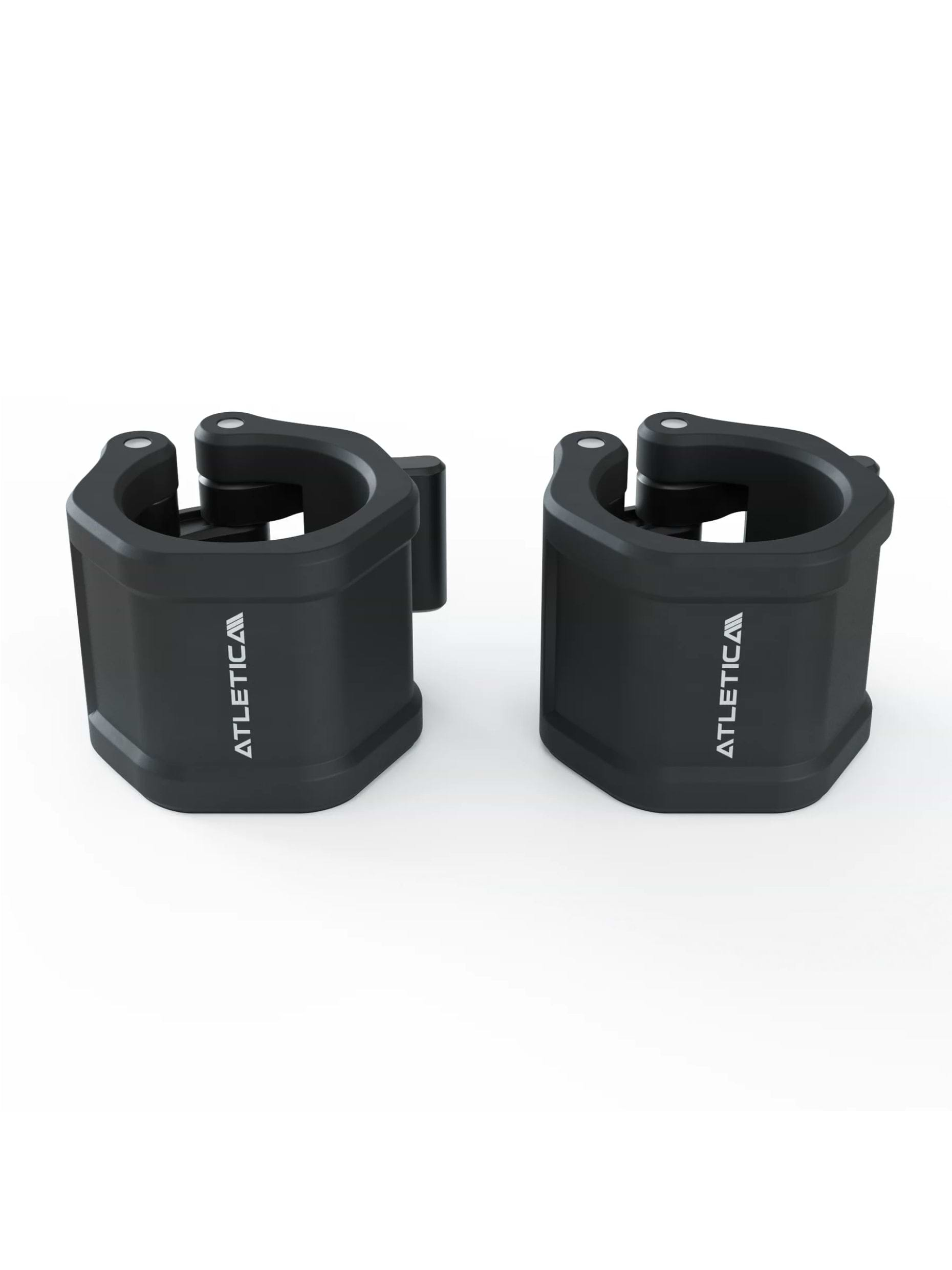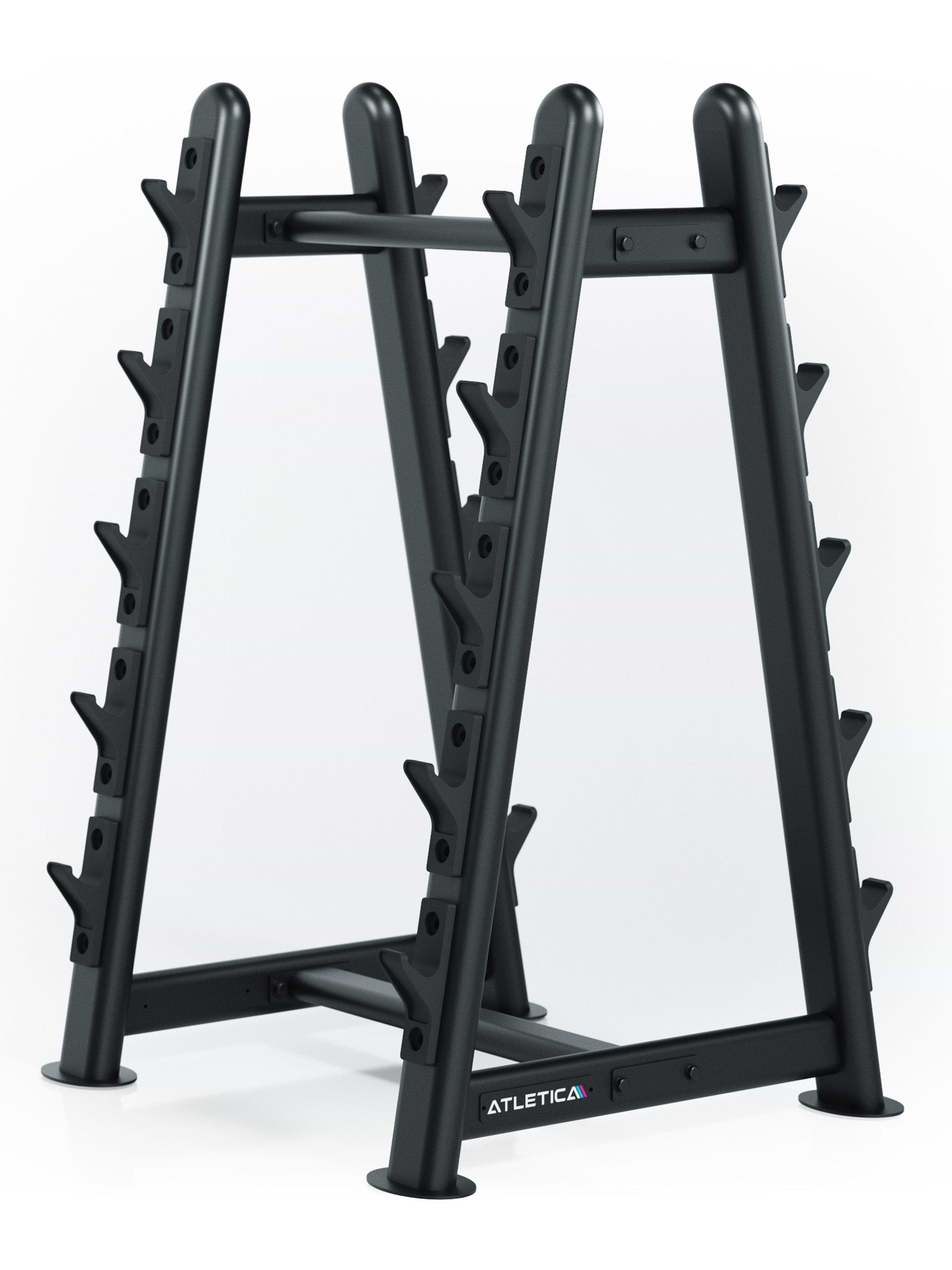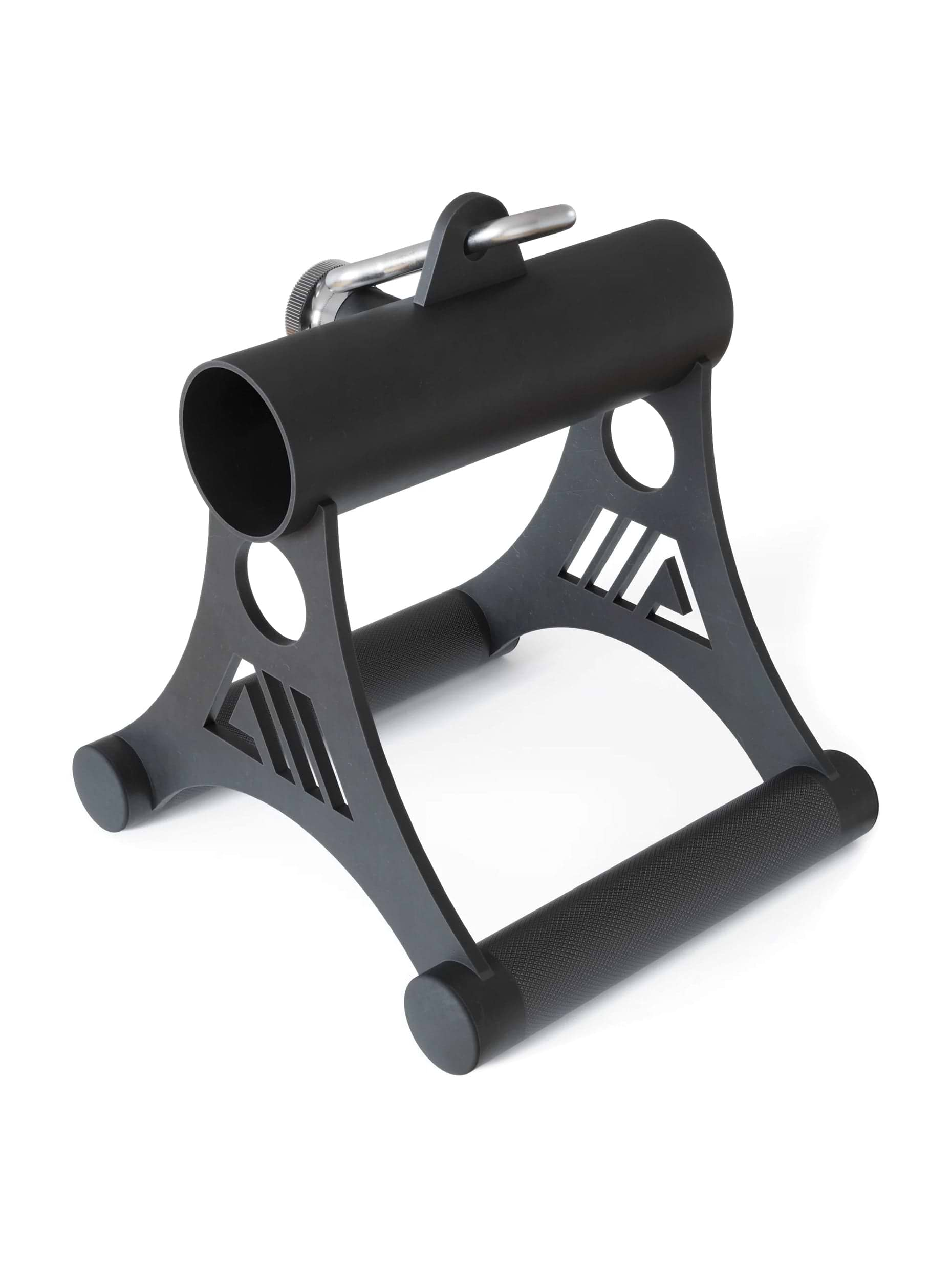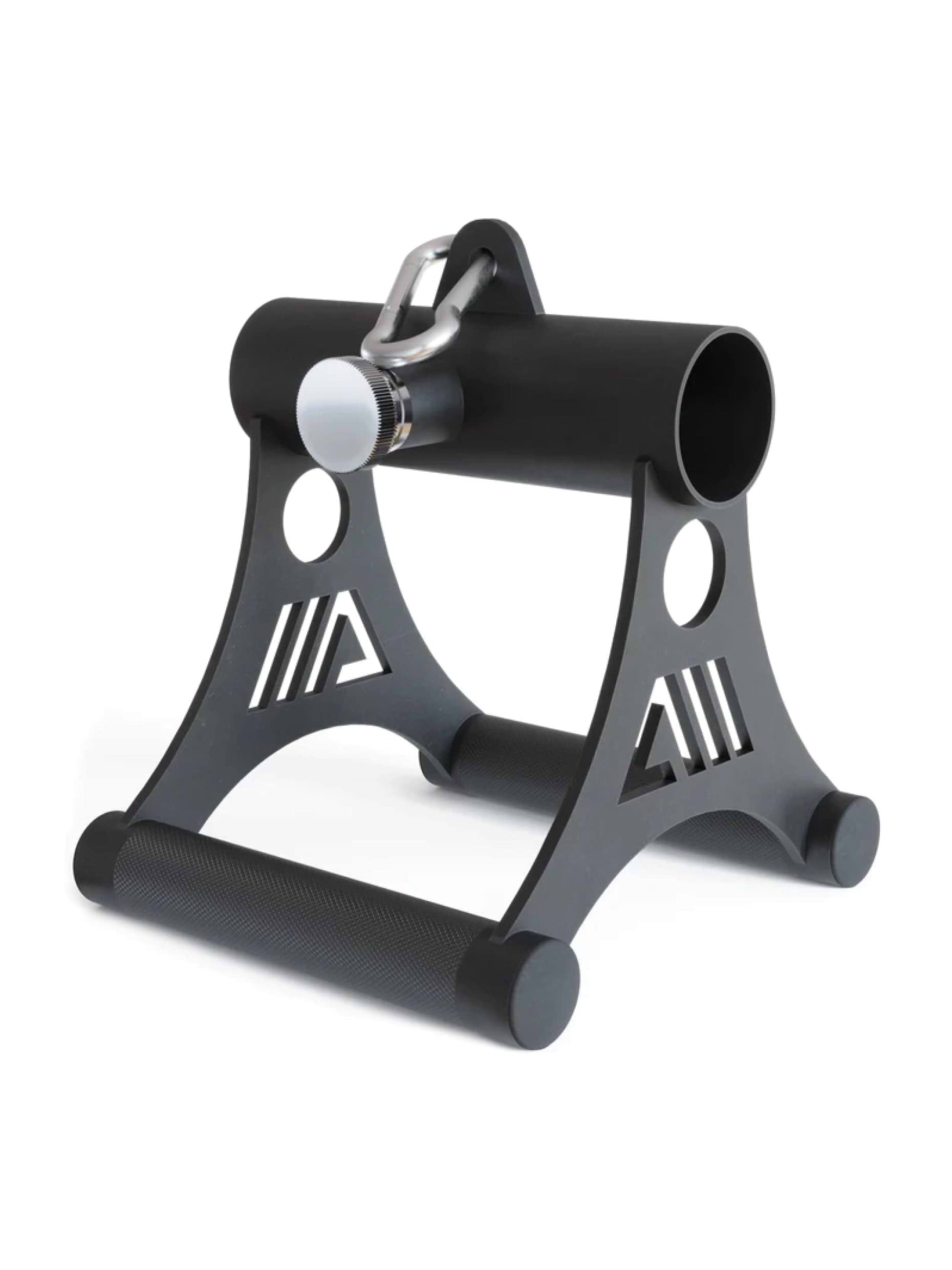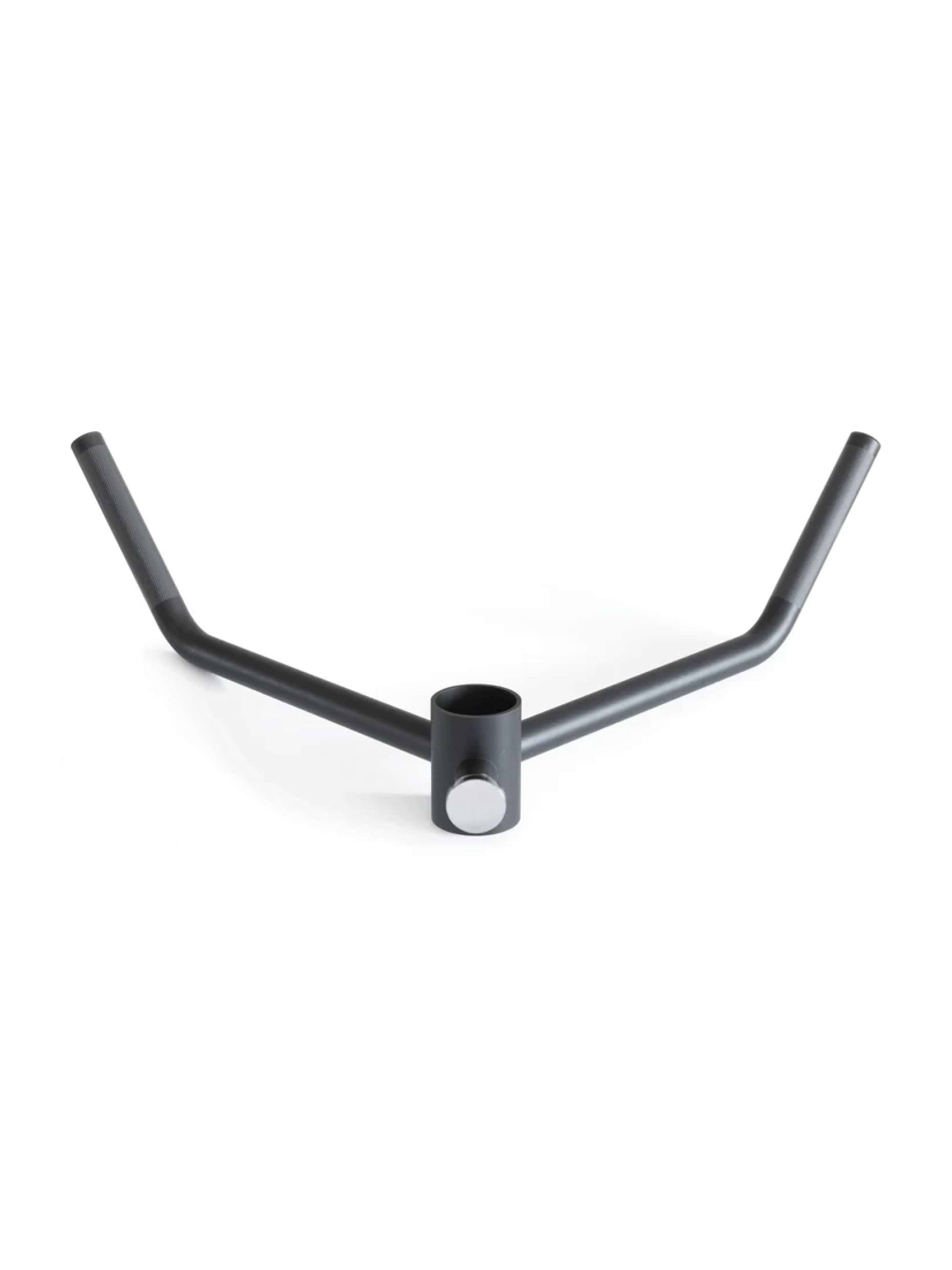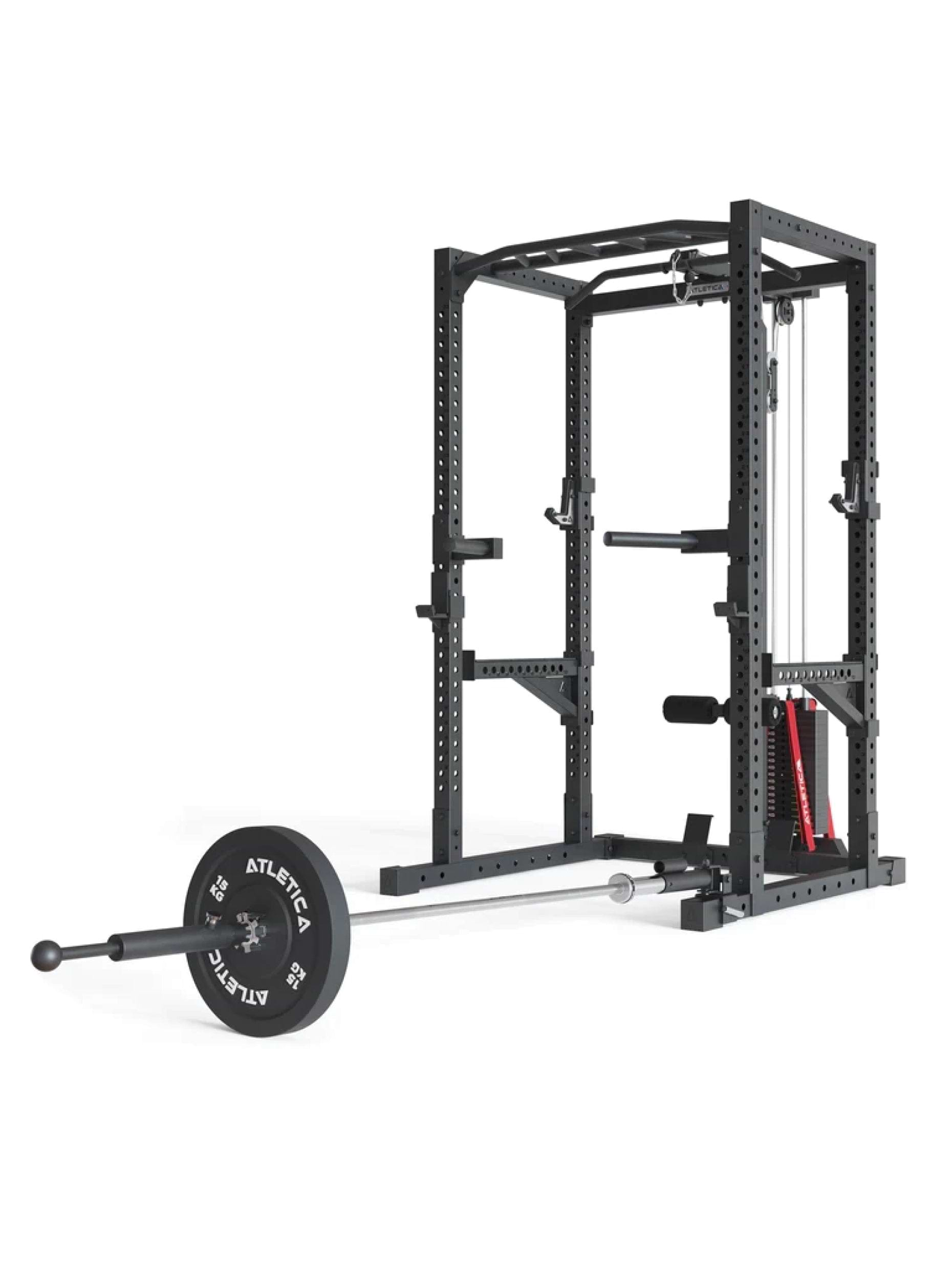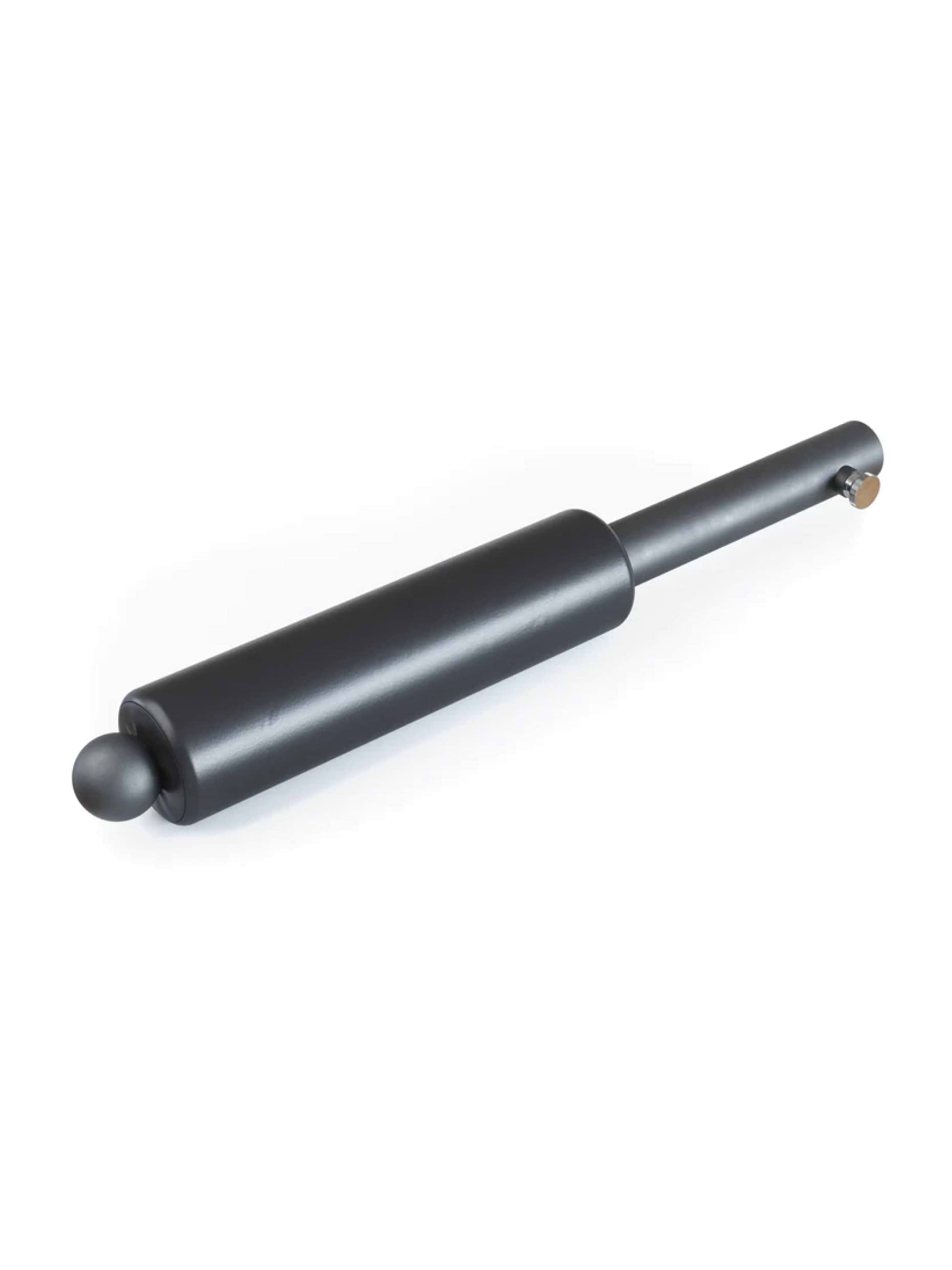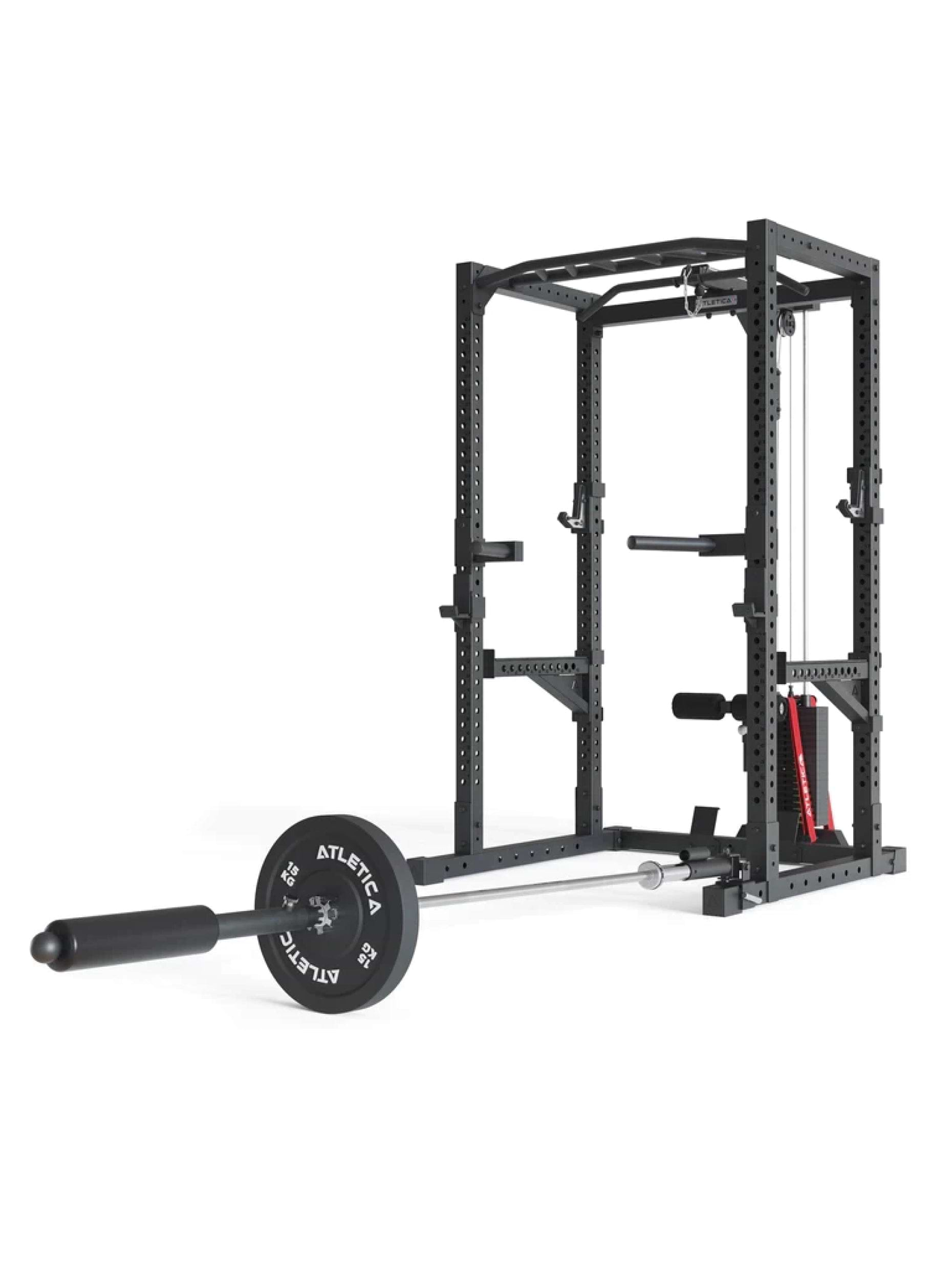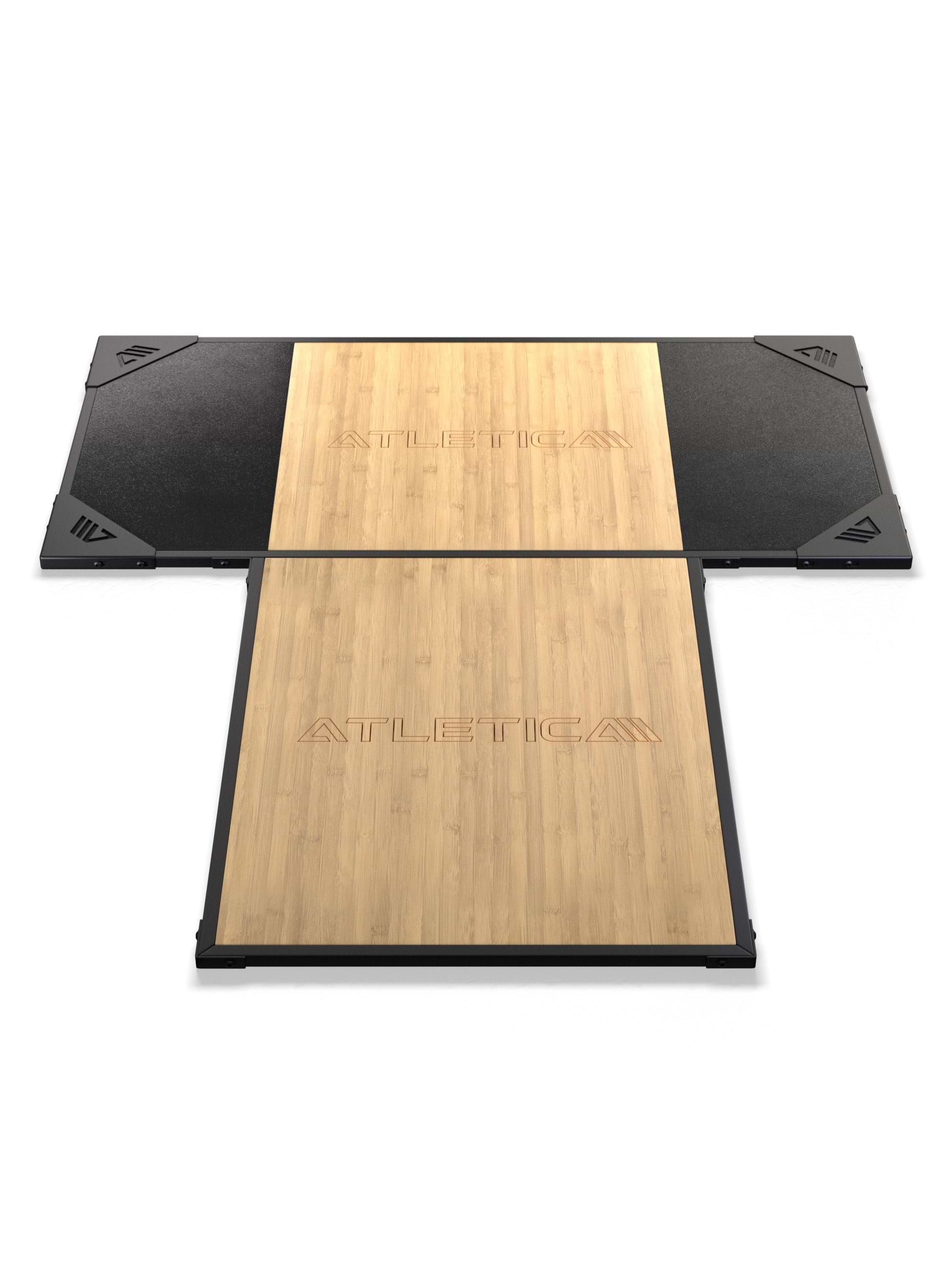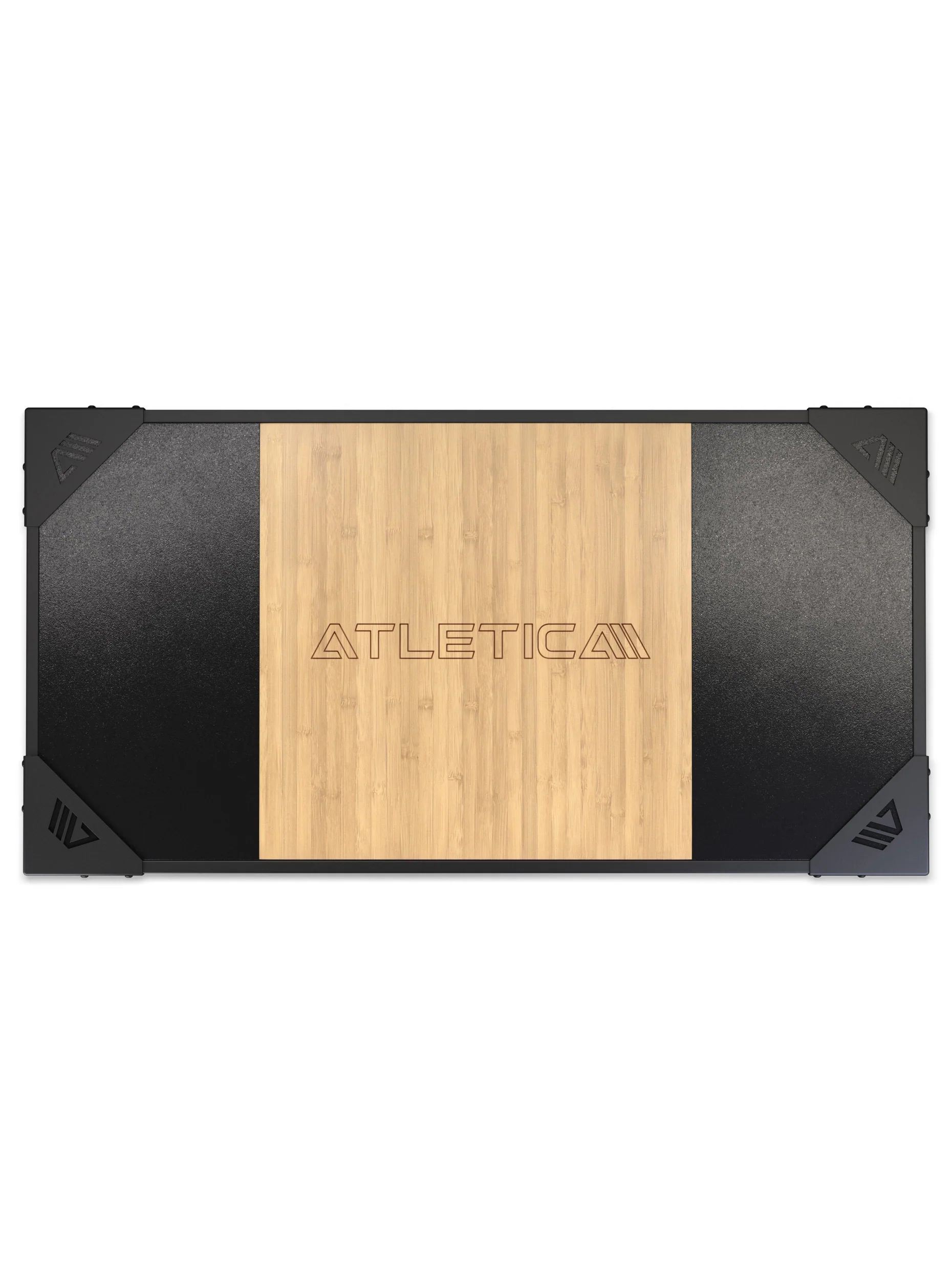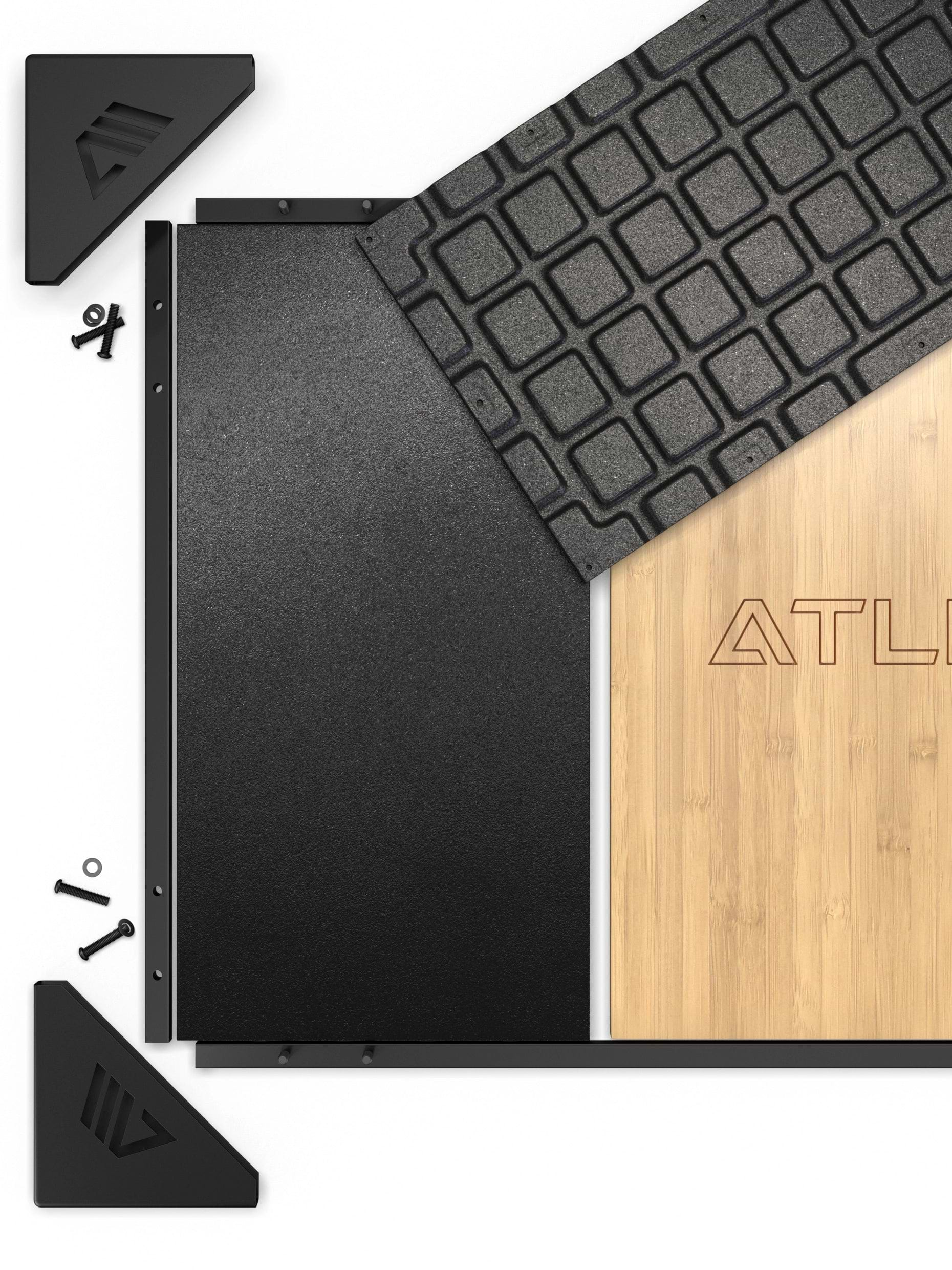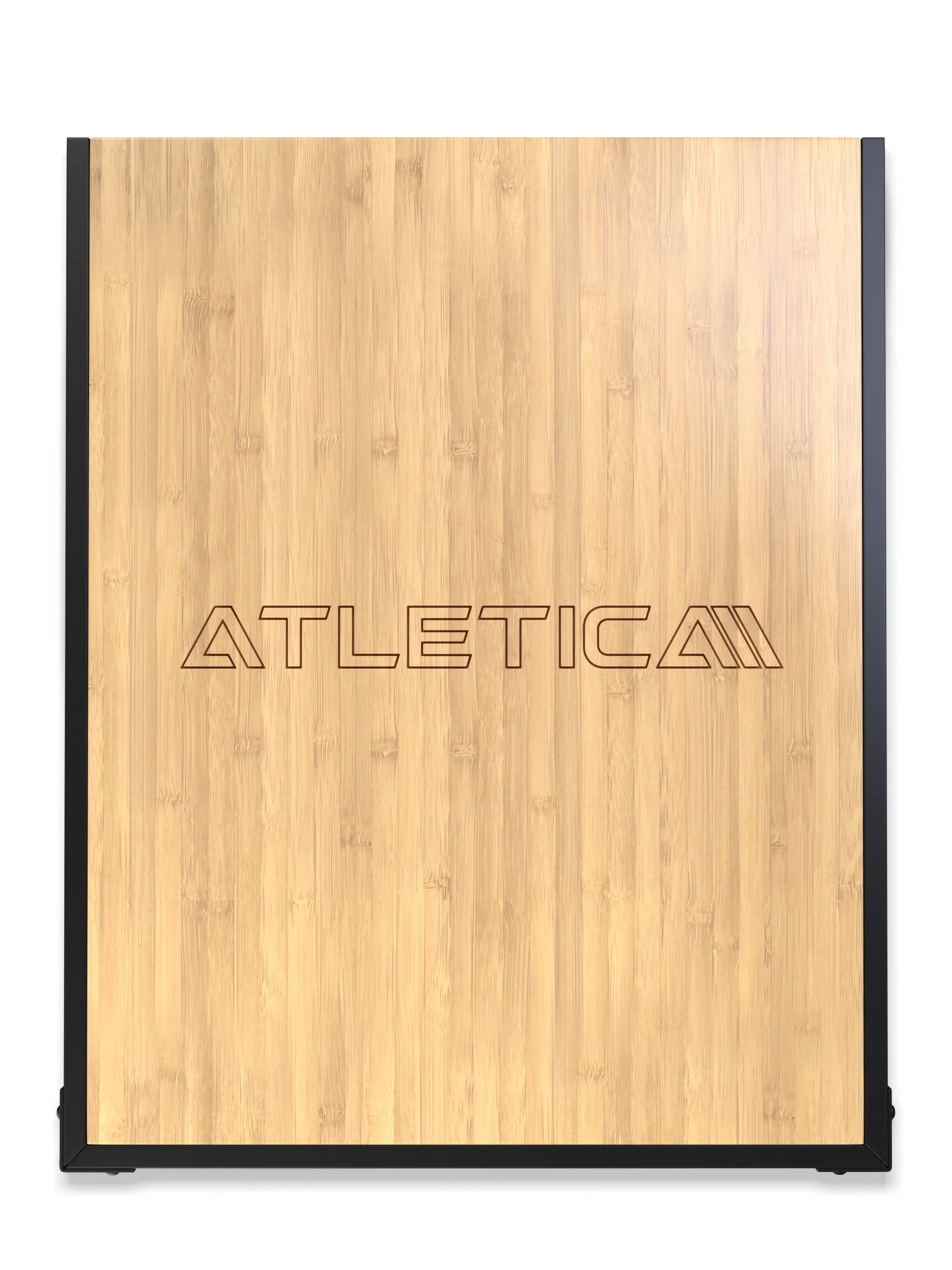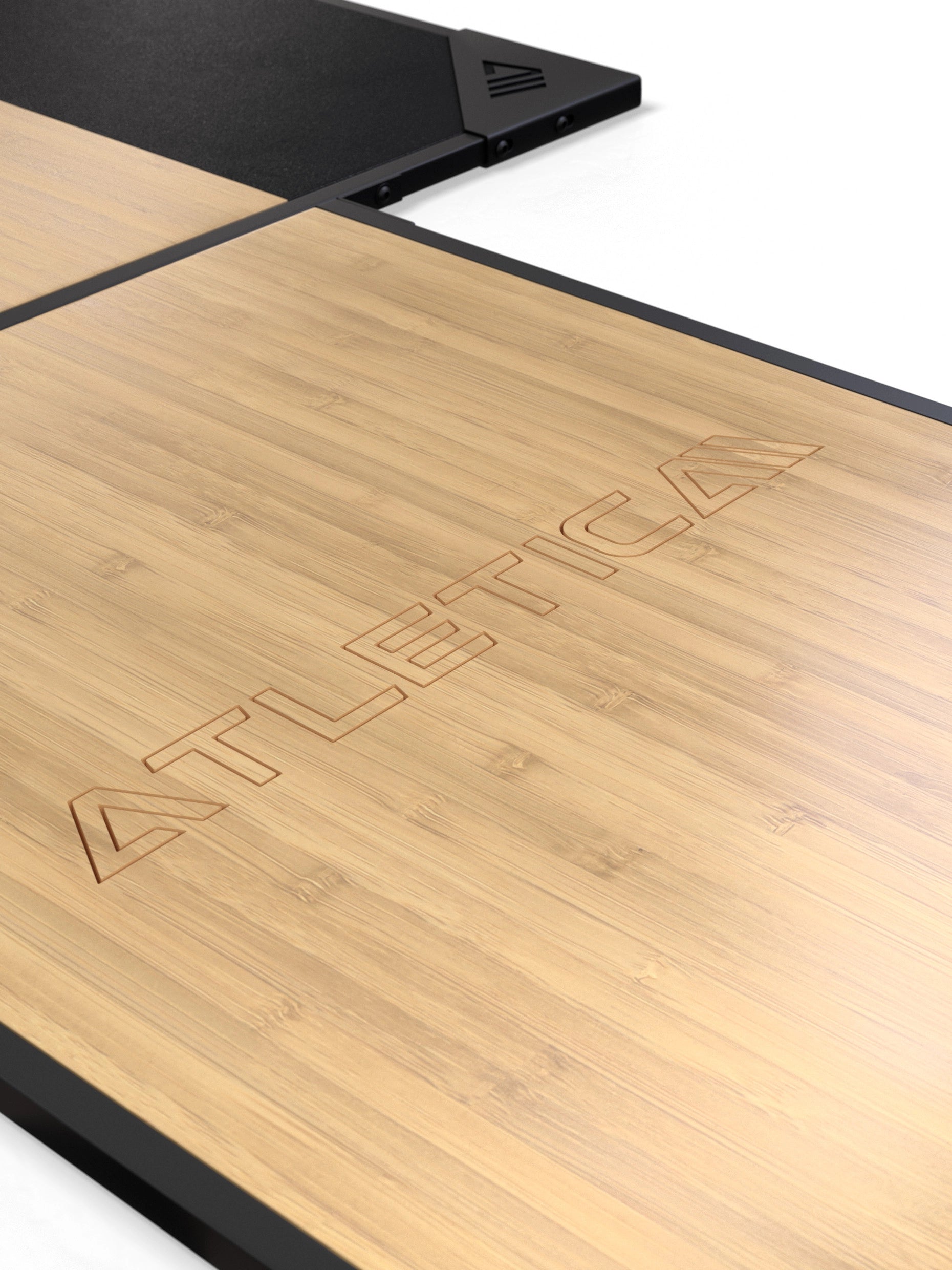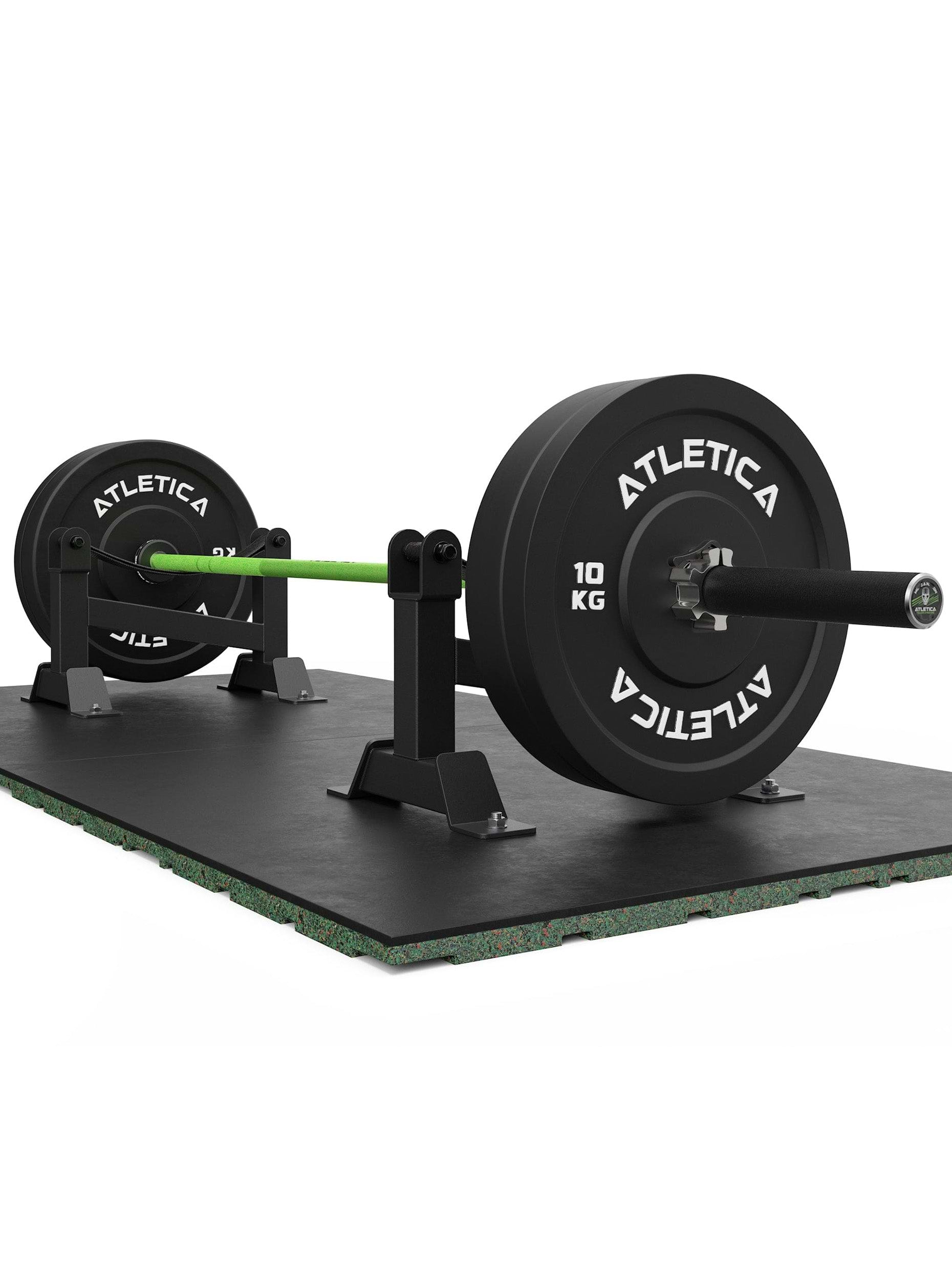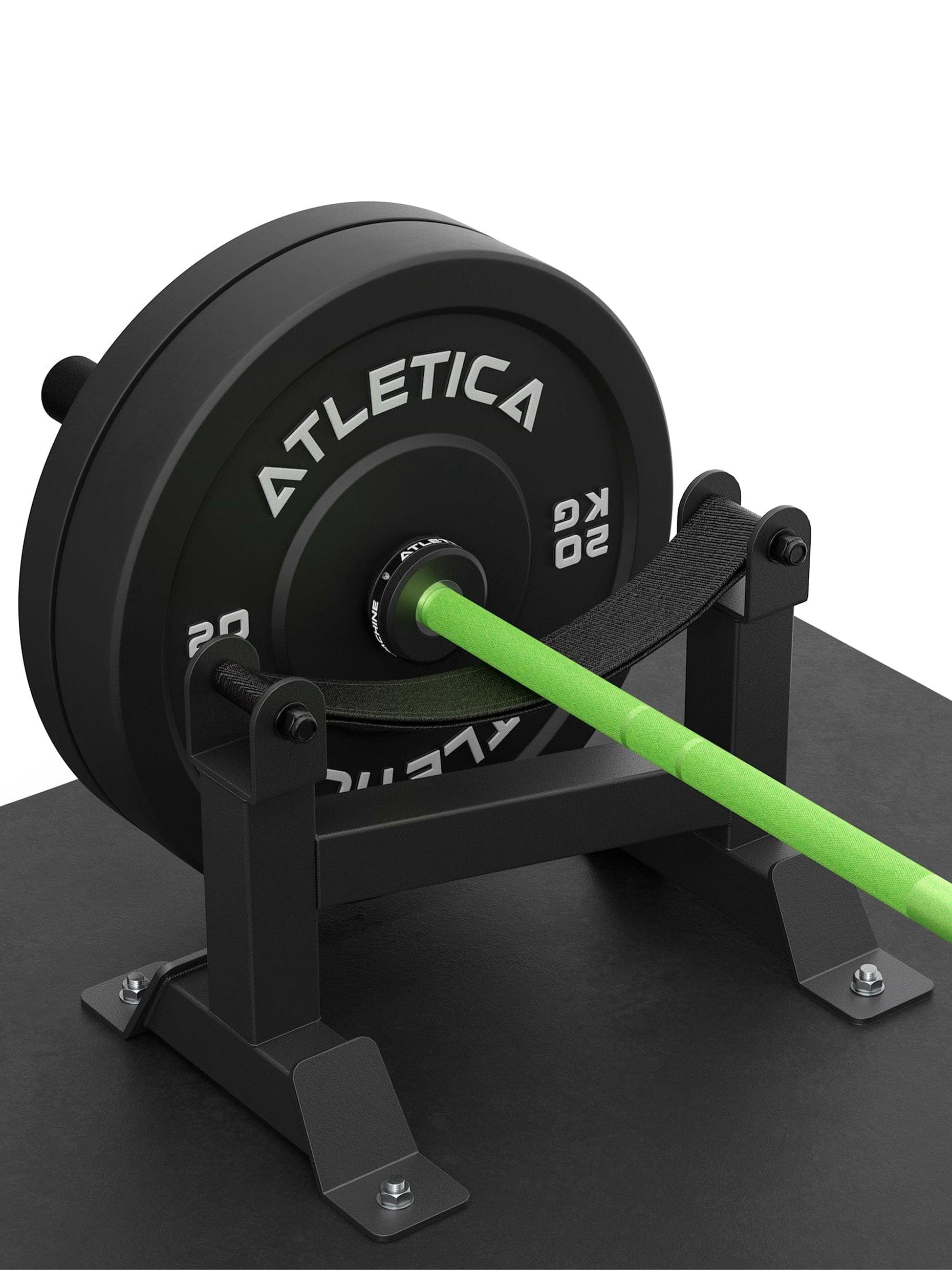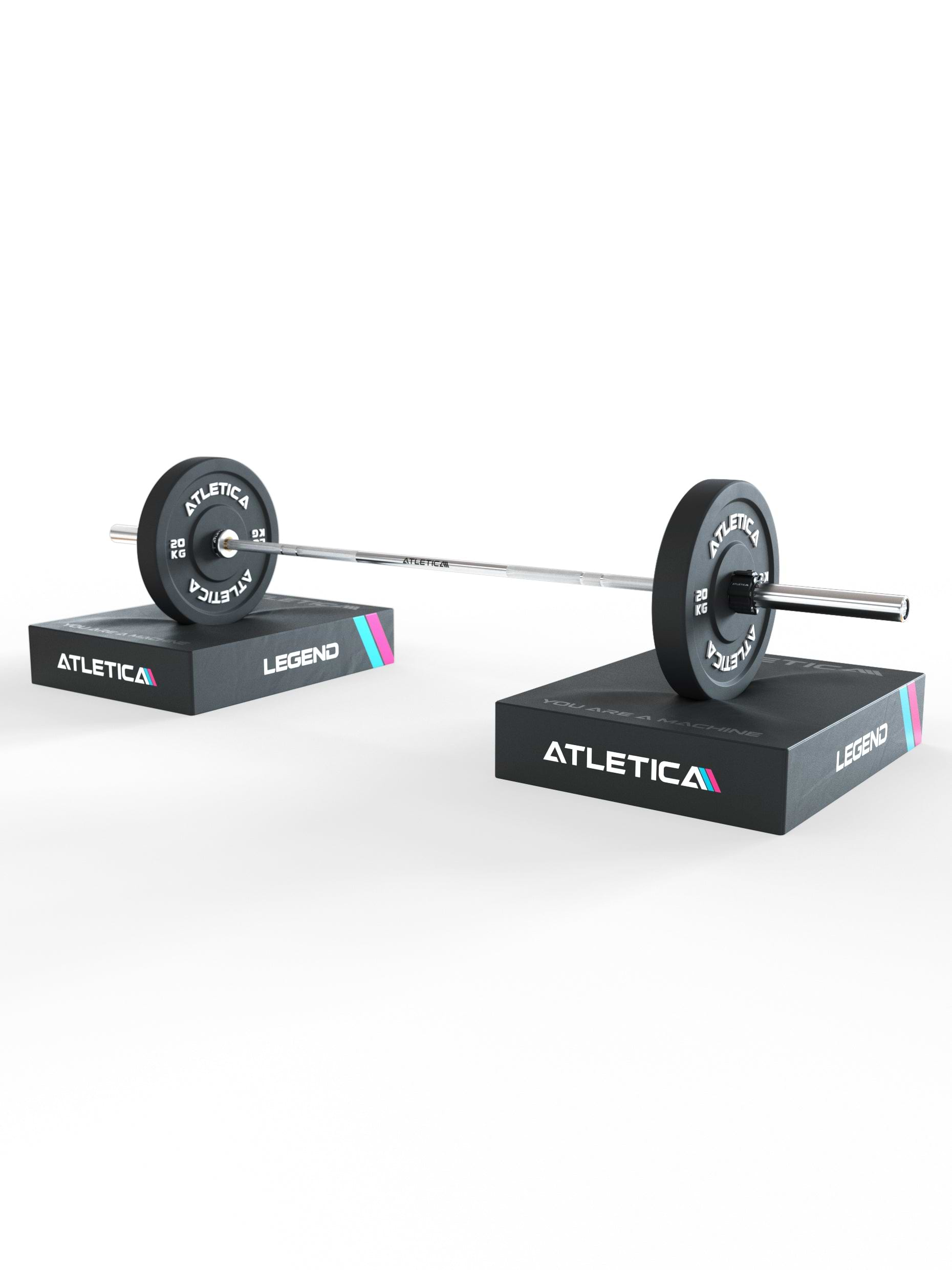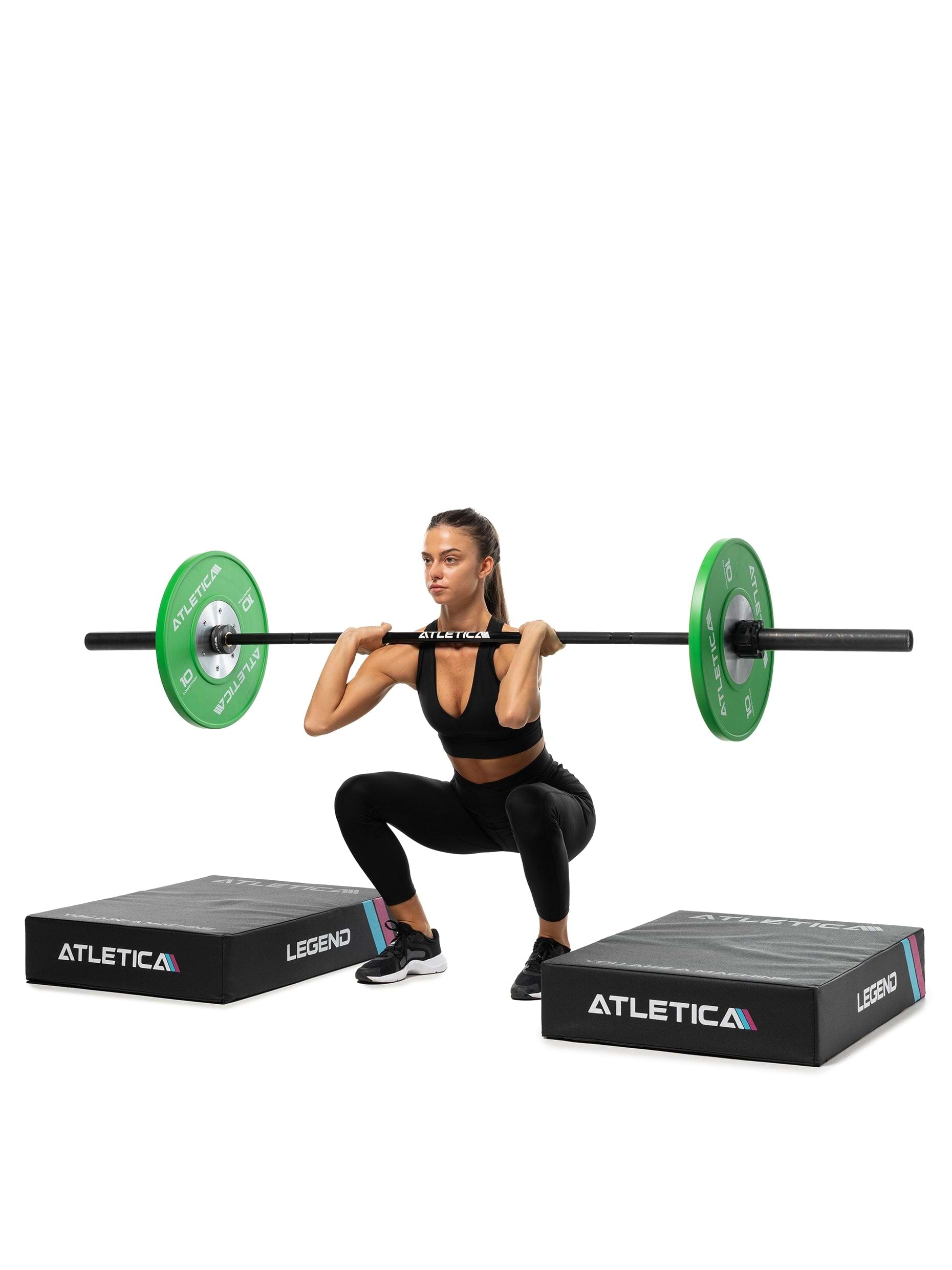Book a free 1-on-1 consultation with an expert.
Customer service is available Monday through Friday, 8 AM–4 PM.
41 products
Barbell | Alpha | Cyborg Bar
Sale Price319€
Barbell | Alpha
Sale Price319€
Barbell | Beta
Sale PriceFrom 260€
Barbell | Gamma I Powerlifter
Sale Price279€
Barbell I Omega
Sale Price259€
Barbell | Delta | Hybrid Bars
Sale Price249€
Barbell I Kappa
Sale Price259€
Barbell | Yota | Ideal for Athletes
Sale Price219€
Barbell | Sigma
Sale Price189€
Barbell | Zeta | Shorter Length for Small Spaces
Sale Price199€
Barbell I Theta
Sale Price129€
Inox | Outdoor barbell made of stainless steel
Sale Price599€
Barbell Set | Alpha Weightlifting
Sale Price929€
Barbell Set | Beta Powerlifting
Sale Price1.099€
Barbell Set | Gamma Performance
Sale Price1.099€
Barbell Set | Delta HighRep
Sale Price499€
Barbell set | Jota Energy | Ideal for athletes
Sale Price459€
Barbell Set | Sigma Starter
Sale Price449€
Barbell Set | Zeta Space
Sale Price399€
Open Hex Bar | Special barbell for deadlifts
Sale Price299€
Safety Squat Bar
Sale Price249€
Tackle | Linebacker Squat Attachment
Sale Price269€
Short Bar | 120cm
Sale Price79€
EZ Bar | Curl Bar
Sale Price89€
Fixed Barbells | Compact Barbells
Sale PriceFrom 42€
Aluminum | Barbell Collars
Sale Price25€
Pro | Barbell Collars
Sale Price12,90€
Slim | Barbell Collars
Sale Price18,90€
Barbell Collars | Natural Rubber
Sale Price19€
Barbell Rack
Sale Price399€
U-Bar Row
Sale Price59€
Row Handle
Sale Price29€
T-Bar Row
Sale Price49€
Club Grip | Short
Sale Price19€
Club Grip | Long
Sale Price29€
Weightlifting Platform | T-Shape
Sale Price799€
Weightlifting Platform | Base
Sale Price599€
Weightlifting Platform | Solo
Sale Price299€
Deadlift Station
Sale Price139€
Drop Pads | Drop Mats
Sale Price189€
Got questions?
1. Which barbell is right for me?
2. What is the difference between weightlifting and powerlifting bars?
Weightlifting bars are made for Olympic lifts. They spin smoothly on bearings or bushings to protect wrists during fast lifts like the snatch and clean. They also have more whip—flex that helps generate speed and power.
Powerlifting bars are stiff. In squats, bench, and deadlifts, stiffness means stability under max loads. Aggressive knurling locks grip and keeps the bar steady under heavy weight.
Powerlifting bars are stiff. In squats, bench, and deadlifts, stiffness means stability under max loads. Aggressive knurling locks grip and keeps the bar steady under heavy weight.
3. What lengths are available?
Men’s bars: 220 cm | Women’s bars: 201 cm | Compact bars: 150–180 cm, great for small gyms or lighter training, like the Zeta.
4. How heavy is a barbell?
Men’s bars: 20 kg | Women’s bars: 15 kg | Beginners can start with the Theta aluminum technique bar at 7.5 kg.
5. What is the ideal grip diameter?
Standard is 28 mm or 25 mm—thinner fits smaller hands, thicker is perfect for larger hands.
6. What is knurling for?
Knurling locks your grip. A center knurl helps secure the bar’s position on your back during squats.
7. What type of knurling do you use?
Most bars use medium volcano knurling for strong grip without tearing skin. Powerlifting bars use aggressive knurling.
8. What types of bearings do you use?
Premium and all-round bars use NSK ball and needle bearings from Japan for smooth, fast spin.
9. Which material and coating are best?
Hard chrome has the best grip and rust protection. Cerakote ceramic adds durable color that resists wear and corrosion.
10. What does the PSI rating mean?
11. What’s the right way to store a barbell?
Store it horizontally on a wall mount like the Blade, or on J-hooks of a power rack. Avoid leaving it loaded on the floor.
12. Which weight plates do I need?
For weightlifting, use bumper plates—safe to drop. For strength training, gripper plates are easy to handle with built-in grips. Mix small and large plates for maximum training flexibility. A 95 kg set is perfect for most beginners.
13. What can you train with a barbell?
Barbells train almost every muscle. Core lifts—squat, deadlift, bench, overhead press—build strength, muscle, and coordination. Barbells are the foundation of pro and recreational training.
14. What is barbell ‘whip’?
Whip is the flex of the bar under load. Olympic bars use whip for explosive lifts like the snatch or clean & jerk. Powerlifting bars minimize whip for rock-solid stability.
15. What does barbell maintenance include?
Wipe off sweat and dirt often. For bare or light coatings, apply oil or rust spray occasionally. Check bearings and lubricate when needed.
16. Should I buy a special barbell?
Beginners can start with an all-round bar like the ATLETICA Delta. Advanced athletes may choose specialized bars with stiffer steel, unique knurling, or specific markings.














































































































